
Fawn
What color is Fawn? What are the examples of Fawn color in life? What looks best in Fawn? What strange or uncommon things can be of the Fawn color? The Fawn Revolution: A Tale of Innovation
What color is Fawn?
It can also refer to a shade of clothing, soft furnishings, and bedding.
The hexadecimal code for fawn is #E5AA70, which means it is composed of 89.8% red, 66.67% green, and 43.92% blue in the RGB colour space.
In the CMYK colour space, it is composed of 0% cyan, 26% magenta, 51% yellow, and 10% black.
Fawn has a hue angle of 29.7 degrees, a saturation of 69.2%, and a lightness of 66.9%.
It can vary in shades, ranging from pale tan to pale fawn to dark deer-red.
Fawn is a soft and warm colour that can create a cozy and inviting atmosphere.
It can be paired with other colours to create different effects.
Fawn is also a popular colour for interior design, as it can match with various styles and materials.
This color can be used as a base colour for walls, floors, and furniture, or as an accent colour for accessories, pillows, and curtains.
Fawn is a versatile and pleasing colour that can suit many purposes and preferences.
Example of the palette with the Fawn color
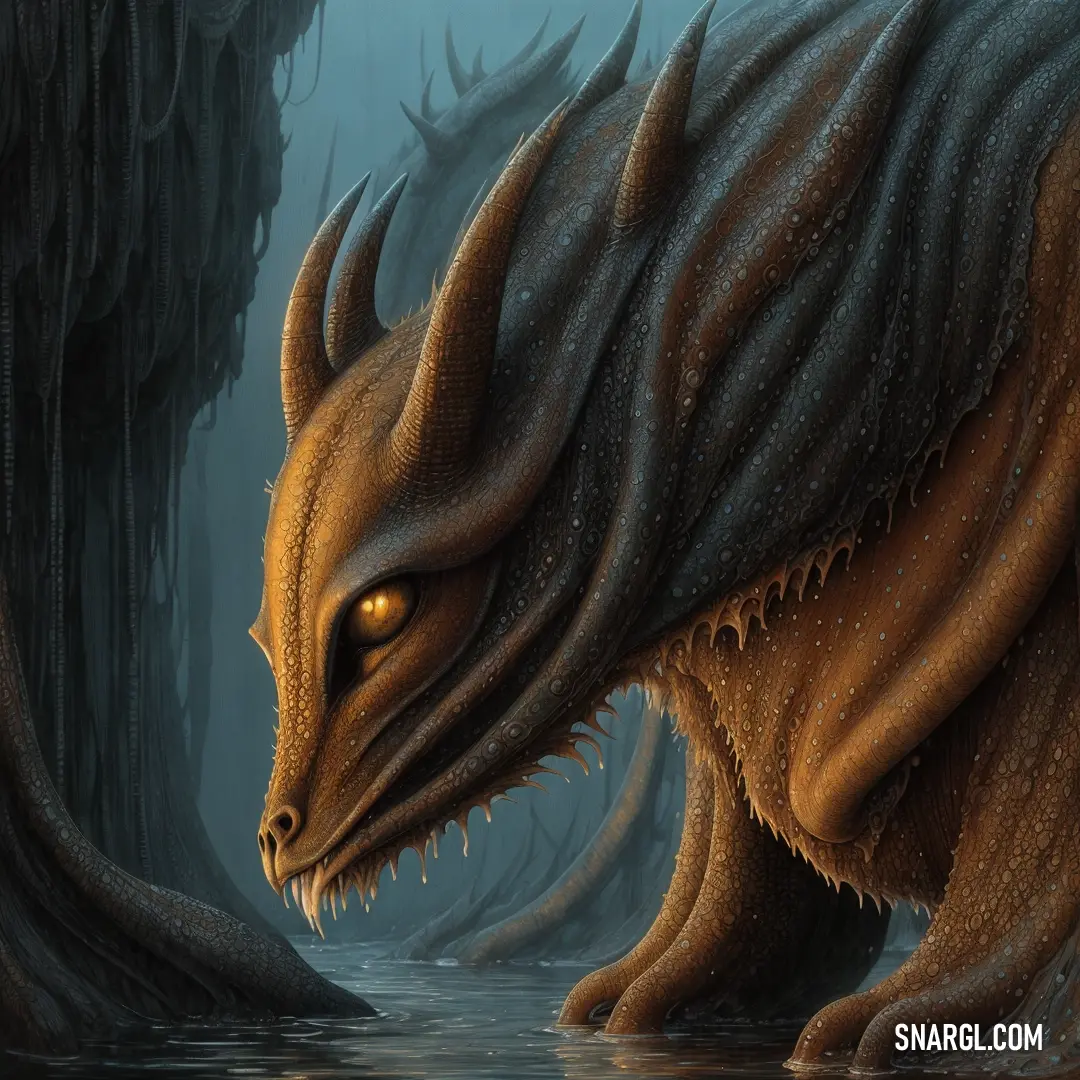
See these colors in NCS, PANTONE, RAL palettes...
What are the examples of Fawn color in life?

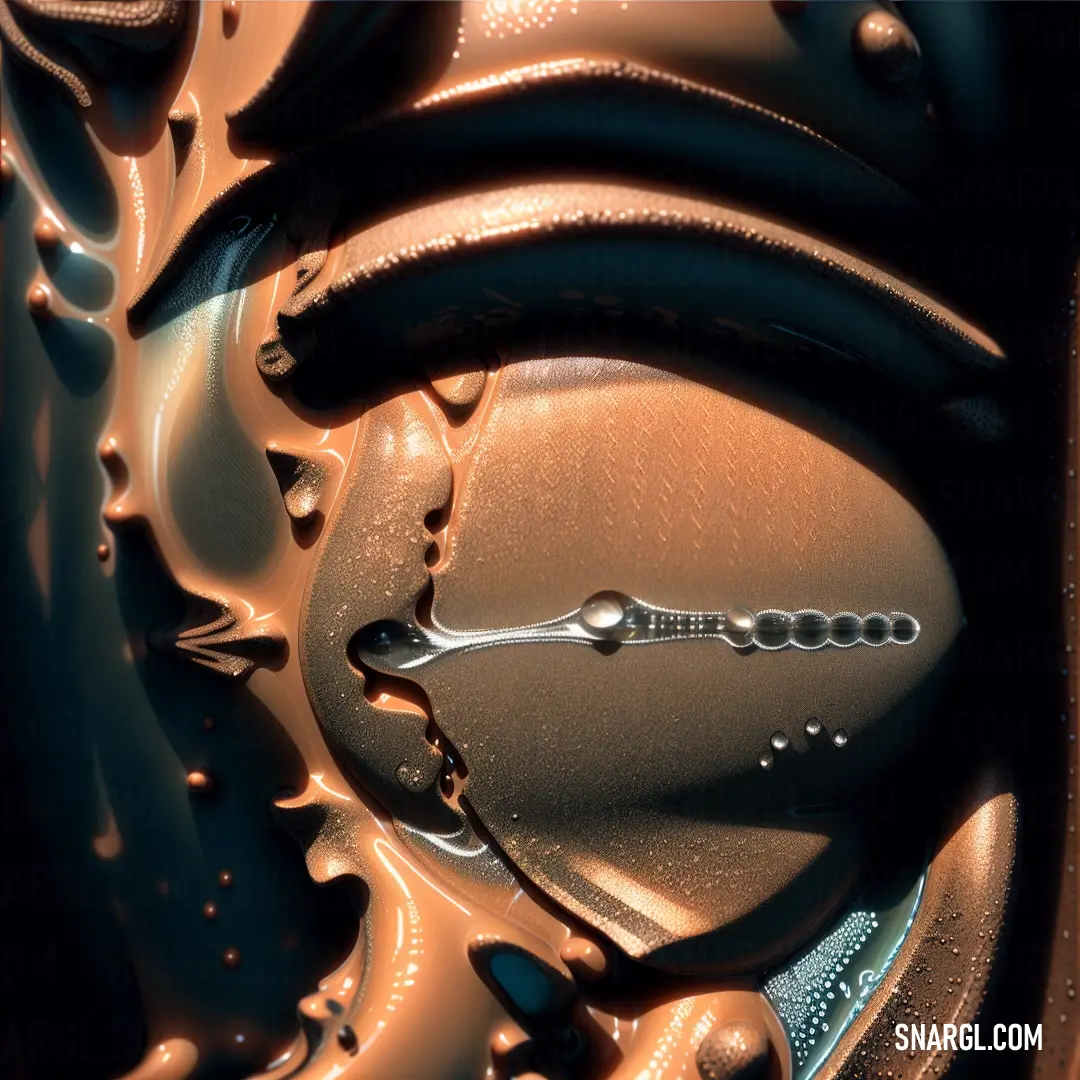
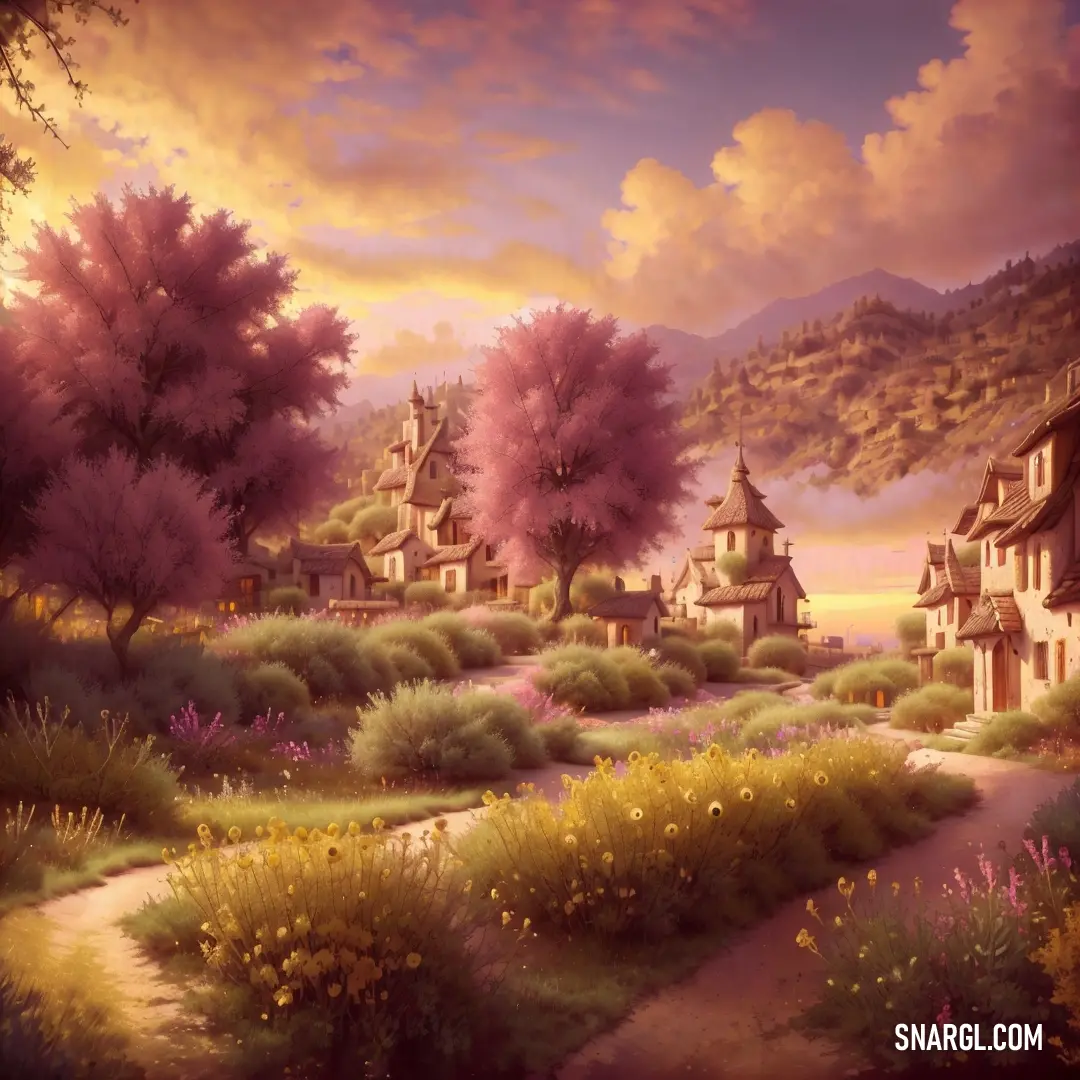

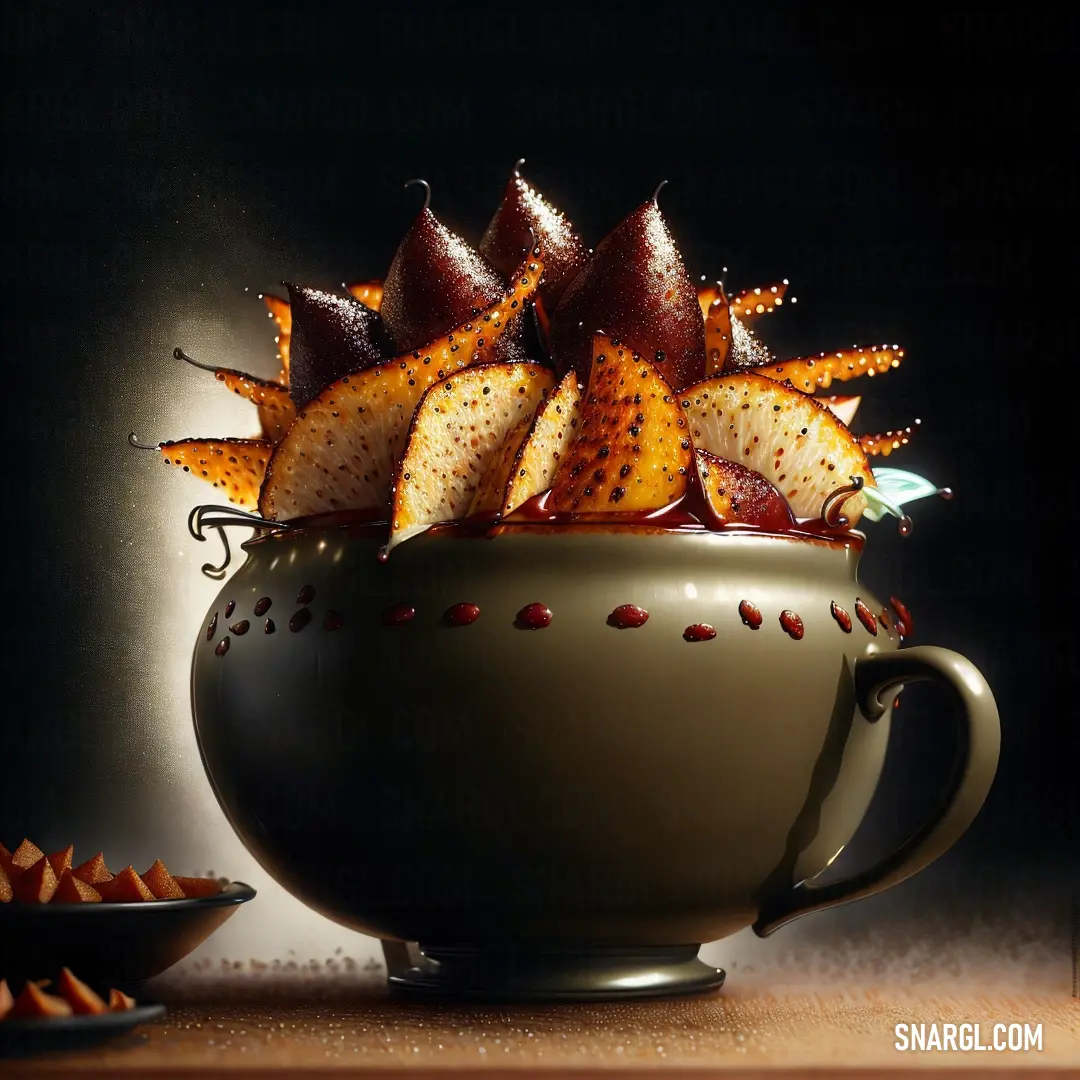
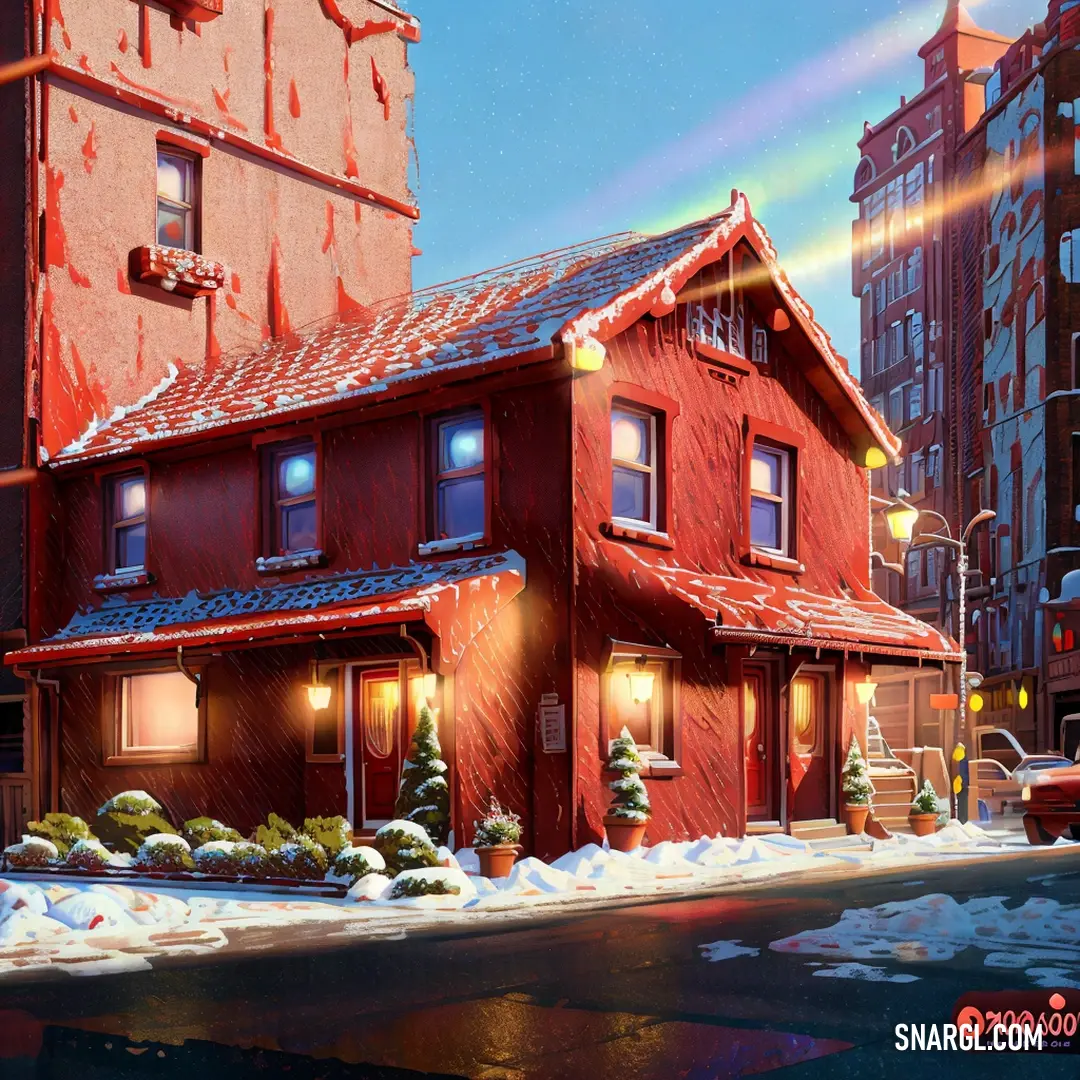


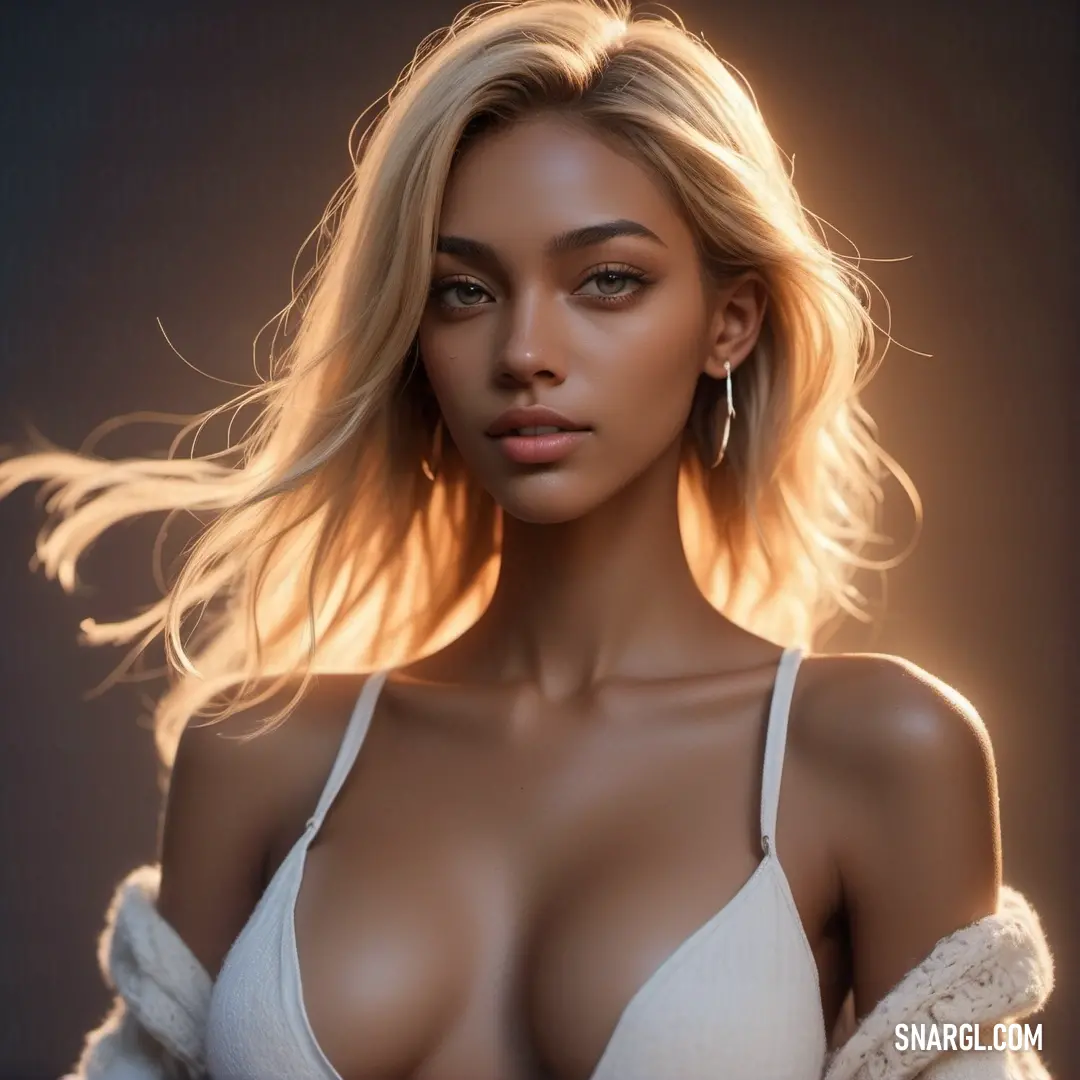
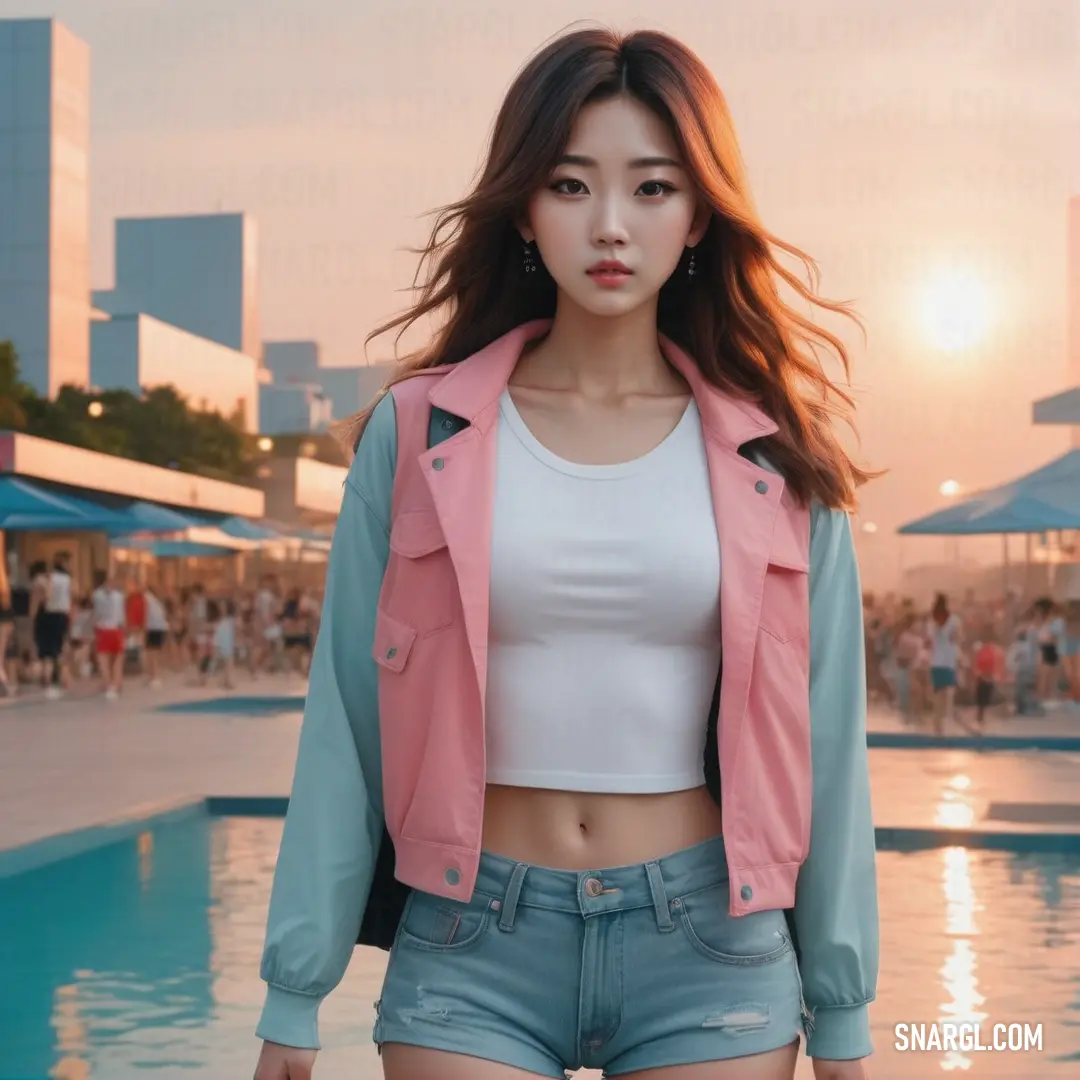
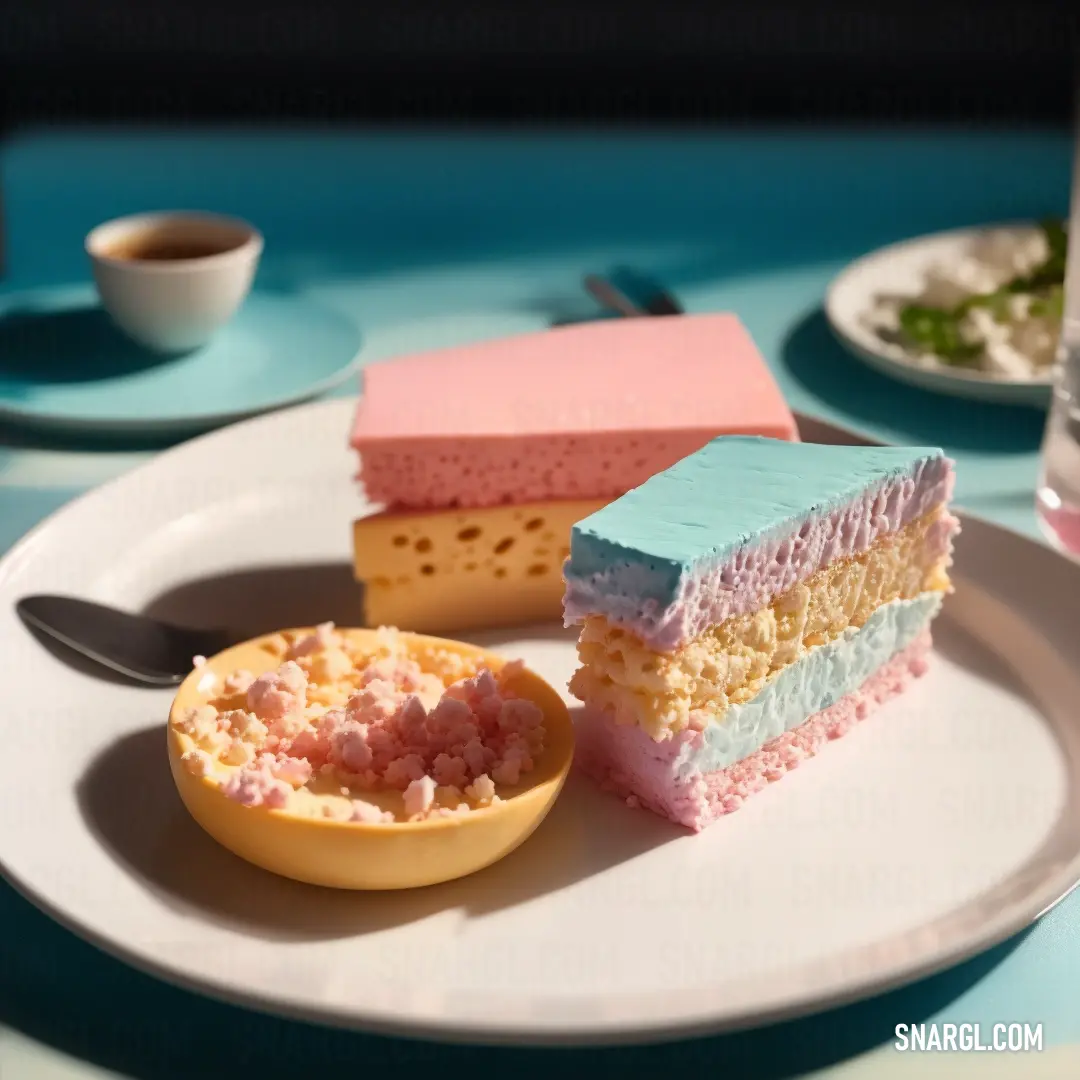
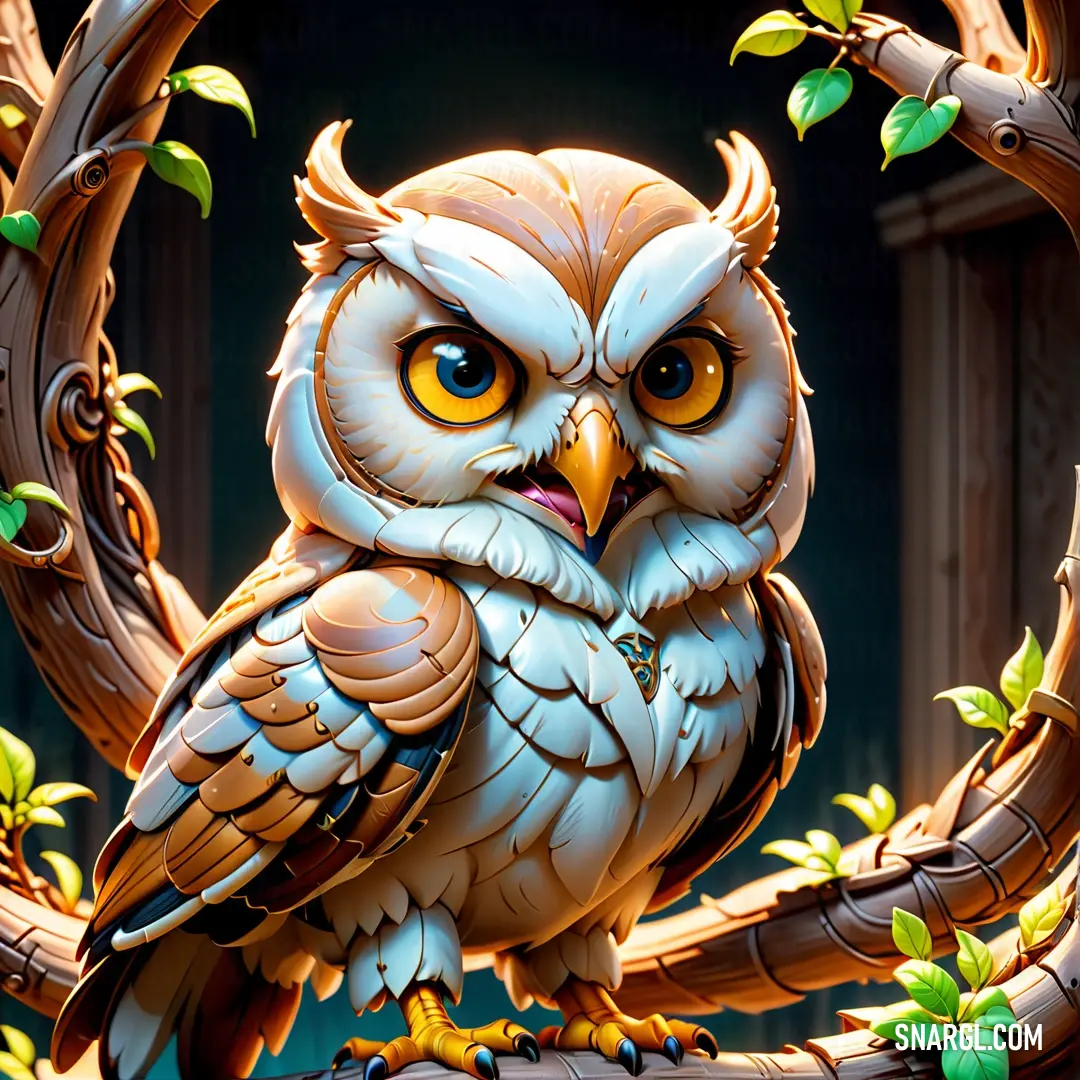


It can vary from pale tan to dark deer-red, depending on the shade.
Here are some examples of fawn color in life:
Some dog breeds, such as boxers, great danes, pugs, and puggles, have fawn-colored fur.
Deer and antelopes, such as southern pukus, have fawn-colored coats that help them blend in with their surroundings.
Linen, cotton or wool, can be dyed or woven in fawn color to create clothing, bedding or upholstery..
Some flowers, such as roses, orchids, or lilies, can have fawn-colored petals that add a soft touch to a bouquet or a garden.
Honey, caramel, or peanut butter, can have a fawn-colored appearance that makes them look sweet and appetizing.
Example of the palette with the Fawn color
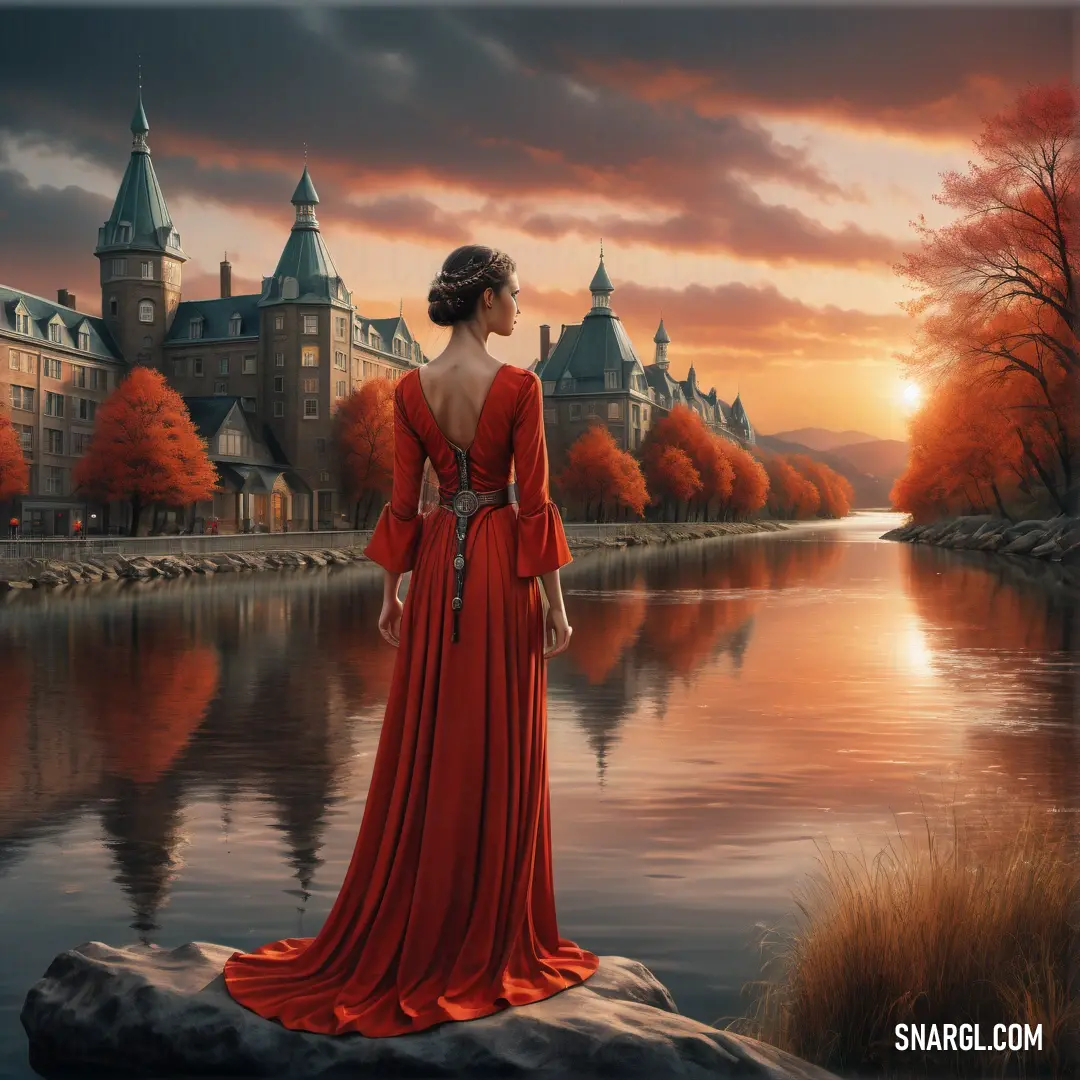
See these colors in NCS, PANTONE, RAL palettes...
Example of the palette with the Fawn color
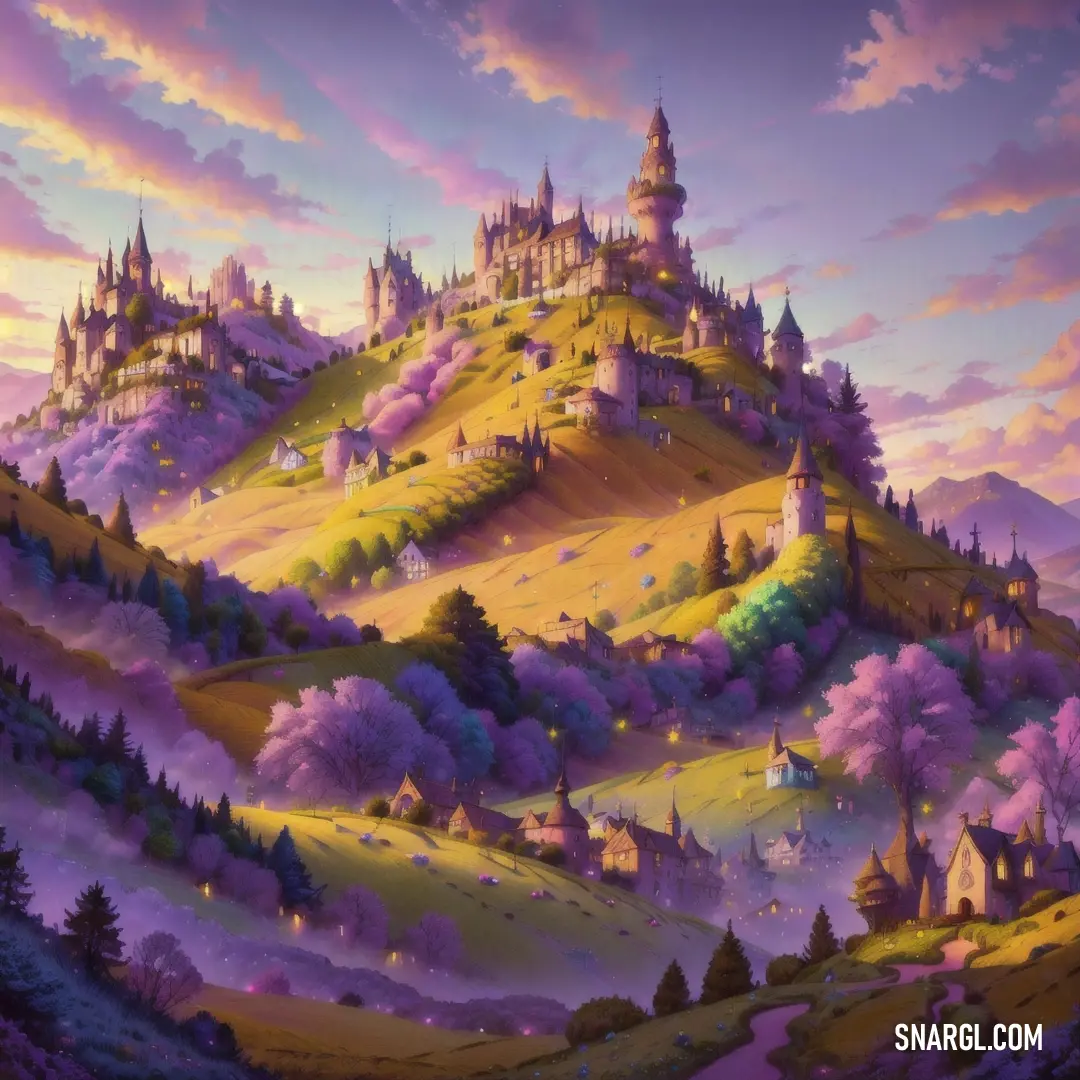
See these colors in NCS, PANTONE, RAL palettes...
What looks best in Fawn?
It is a versatile colour that can match well with different shades and tones.
Here are some fashion tips on how to wear fawn:
Fawn can create a warm and cozy look when paired with other earthy colours, such as brown, olive, or burgundy.
Try a fawn sweater with brown pants and boots, or a fawn coat with an olive dress and burgundy accessories.Fawn can also contrast nicely with cool colours, such as blue, purple, or green.
For a fresh and crisp look, wear a fawn blazer with a pale blue shirt and jeans, or a fawn skirt with a purple blouse and green shoes.Fawn can complement pastel colours, such as pink, mint, or lavender.
For a soft and feminine look, wear a fawn cardigan with a pink dress and flats, or a fawn scarf with a mint top and lavender pants.Fawn can add some sophistication and elegance to black or white outfits.
For a chic and modern look, wear a fawn trench coat with a black dress and heels, or a fawn vest with a white shirt and pants.Fawn can also work well with metallic colours, such as gold, silver, or copper.
For a glamorous and festive look, wear a fawn dress with gold jewelry and shoes, or a fawn top with silver pants and a copper belt.
It can be mixed and matched with various colours to create different moods and effects.
Experiment with fawn and discover how it can enhance your wardrobe and your appearance.
Example of the palette with the Fawn color
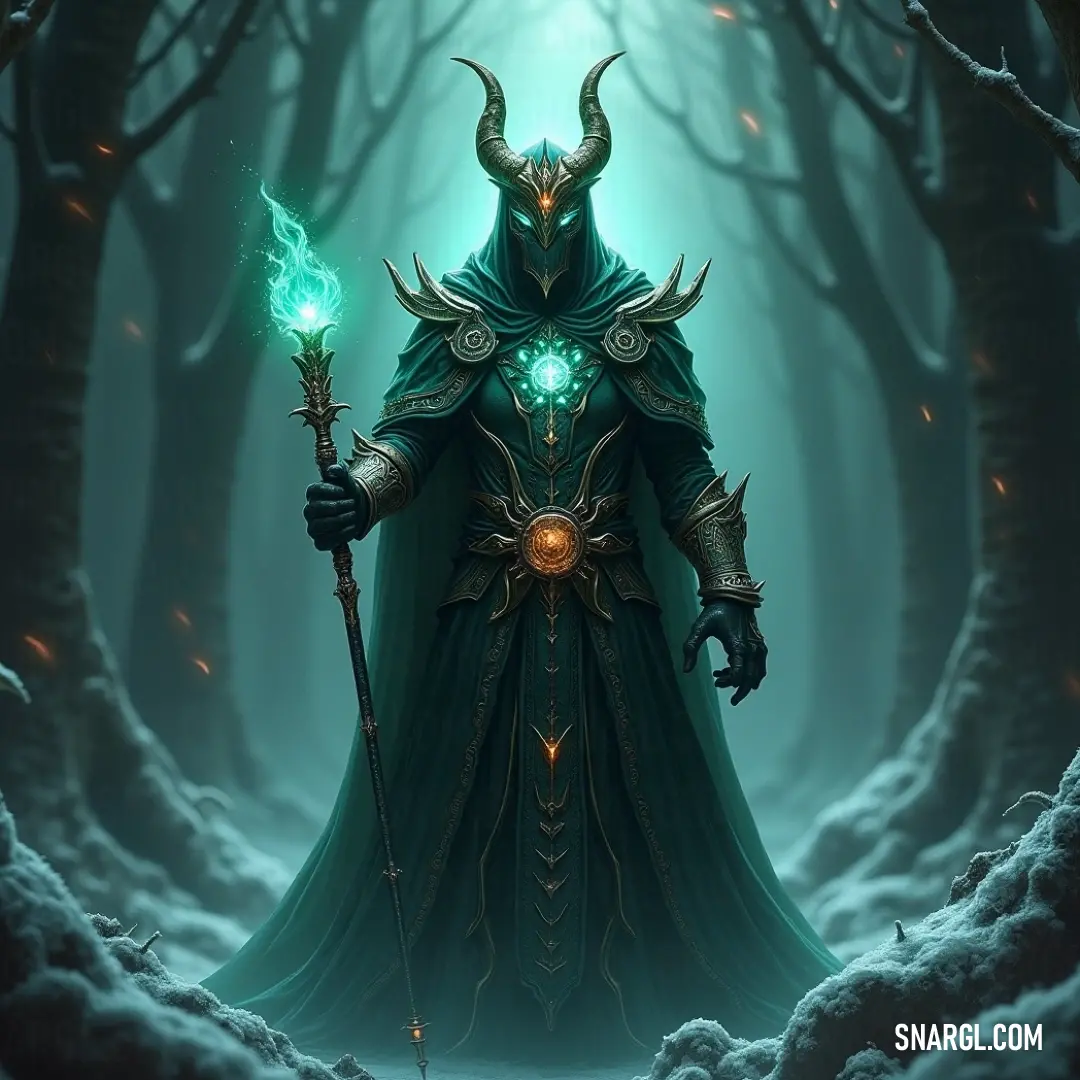
See these colors in NCS, PANTONE, RAL palettes...
Example of the palette with the Fawn color

See these colors in NCS, PANTONE, RAL palettes...
What strange or uncommon things can be of the Fawn color?
Example of the palette with the Fawn color
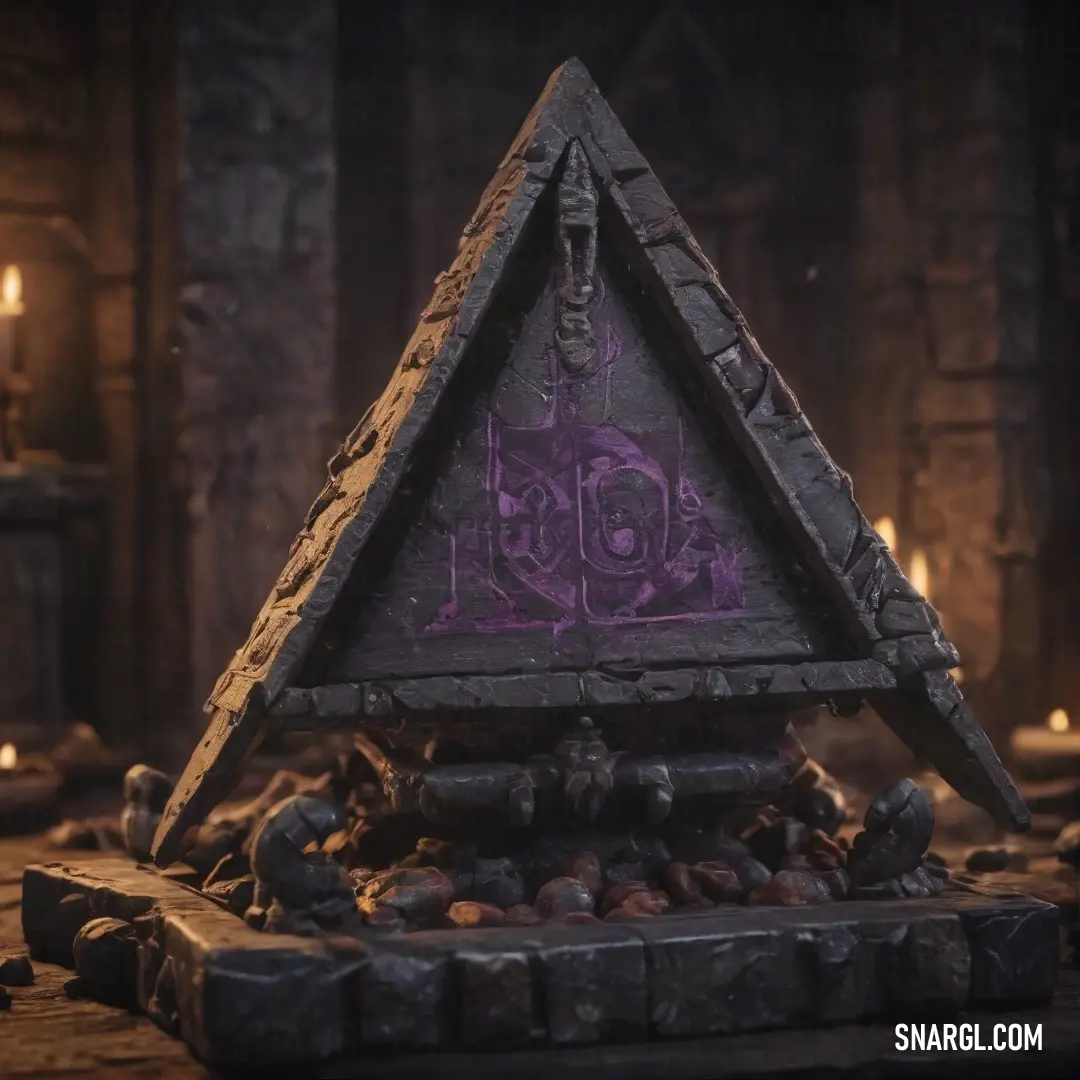
See these colors in NCS, PANTONE, RAL palettes...
The Fawn Revolution: A Tale of Innovation
Fawn, a soft, warm hue that danced between beige and light brown, had always fascinated Gianni. He believed it held untapped potential in the world of industrial design. However, convincing others of its worth was no easy task. That was until he met Professor Hubert Korr, a renowned expert in color theory and industrial design.

Professor Korr, with his salt-and-pepper hair and round spectacles, was a man of science and precision. He had spent decades studying the impact of colors on human psychology and productivity. When Gianni approached him with his idea of integrating Fawn into industrial design, Hubert was intrigued but skeptical.
"Gianni, Fawn is a lovely color, but it's often overlooked in industrial settings. People prefer bold, striking colors," Hubert remarked during their first meeting.
Gianni, undeterred, replied, "Professor, Fawn has a calming effect. It can transform cold, sterile environments into warm, inviting spaces. Imagine factories where workers feel at ease, or offices that inspire creativity."
Hubert pondered this for a moment. "Alright, Gianni. Let's conduct an experiment. We'll redesign a section of my laboratory using Fawn and observe the results."
Excited by the prospect, Gianni set to work. He meticulously selected Fawn-colored materials, from paint to furniture, ensuring every detail was perfect. The transformation was astonishing. The once clinical lab now exuded warmth and comfort. The soft Fawn tones seemed to embrace anyone who entered, creating an atmosphere of tranquility.

As the days passed, Hubert noticed a remarkable change. His team of researchers, who often worked long hours, appeared more relaxed and focused. Productivity soared, and the overall mood in the lab improved significantly. Hubert was astounded.
"Gianni, you've done it! The Fawn color has indeed made a difference," Hubert exclaimed.
News of their success spread like wildfire. Companies from various industries began to take notice. Gianni and Hubert were invited to present their findings at the prestigious NeoMetropolis Design Expo. Their presentation, titled "The Fawn Revolution," captivated the audience.
"Fawn is not just a color; it's a catalyst for change," Gianni declared. "It bridges the gap between functionality and aesthetics, creating spaces that nurture both efficiency and well-being."
The impact was profound. Factories, offices, and even public spaces began to adopt Fawn in their designs. Workers reported feeling less stressed, and creativity flourished in environments once deemed mundane. The Fawn Revolution had begun.
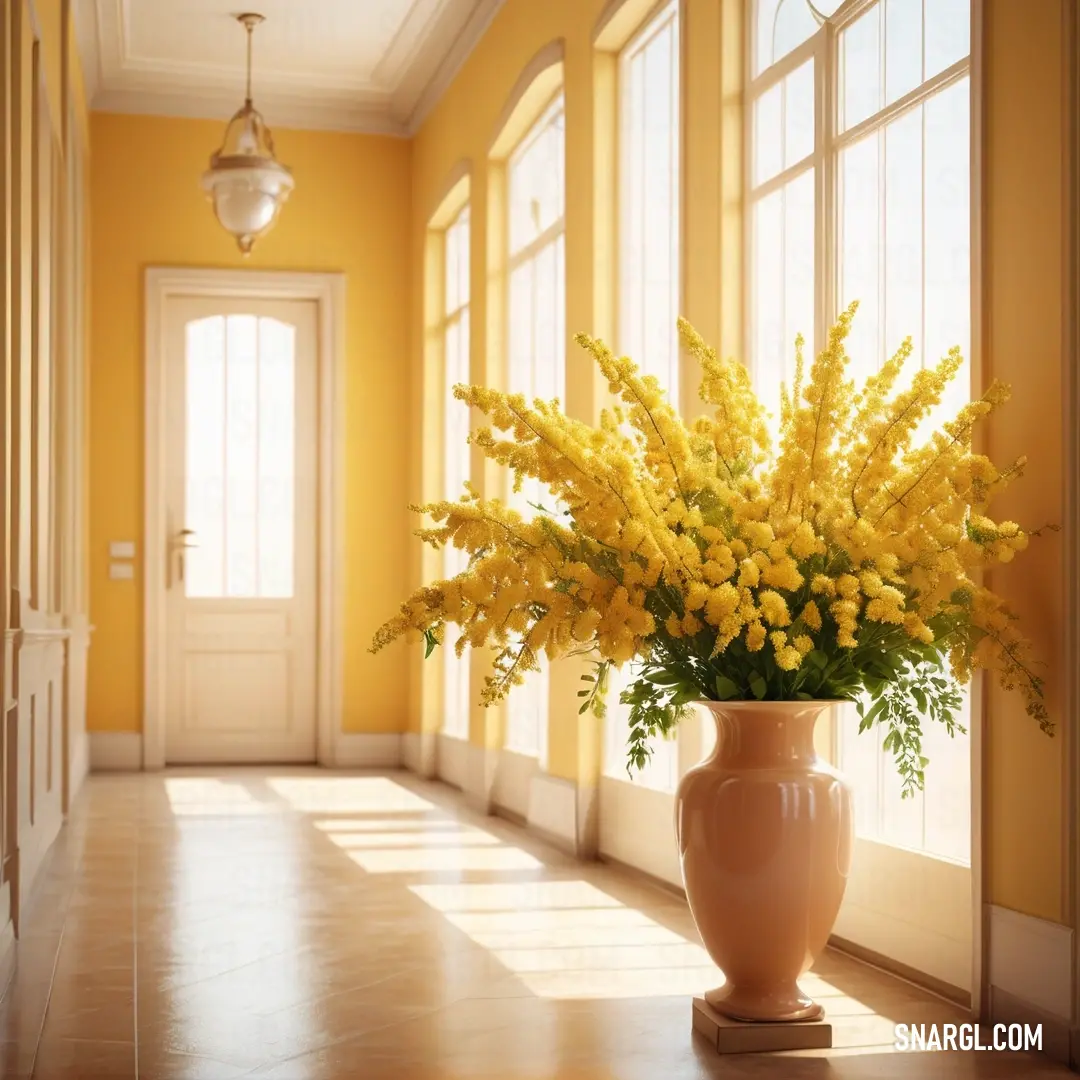
Gianni and Hubert's collaboration continued, leading to further innovations in industrial design. They explored new ways to integrate Fawn with other colors and materials, pushing the boundaries of what was possible. Their work not only transformed spaces but also changed the way people perceived and interacted with their environments.
In the end, Gianni's dream of making Fawn a staple in industrial design became a reality. And it all started with a simple idea and the unwavering belief that even the most overlooked colors could hold the power to revolutionize the world.
And so, the story of Gianni Yamamoto and Professor Hubert Korr became a legend in NeoMetropolis, a testament to the magic that happens when creativity meets science, and when two minds come together to change the world, one color at a time.

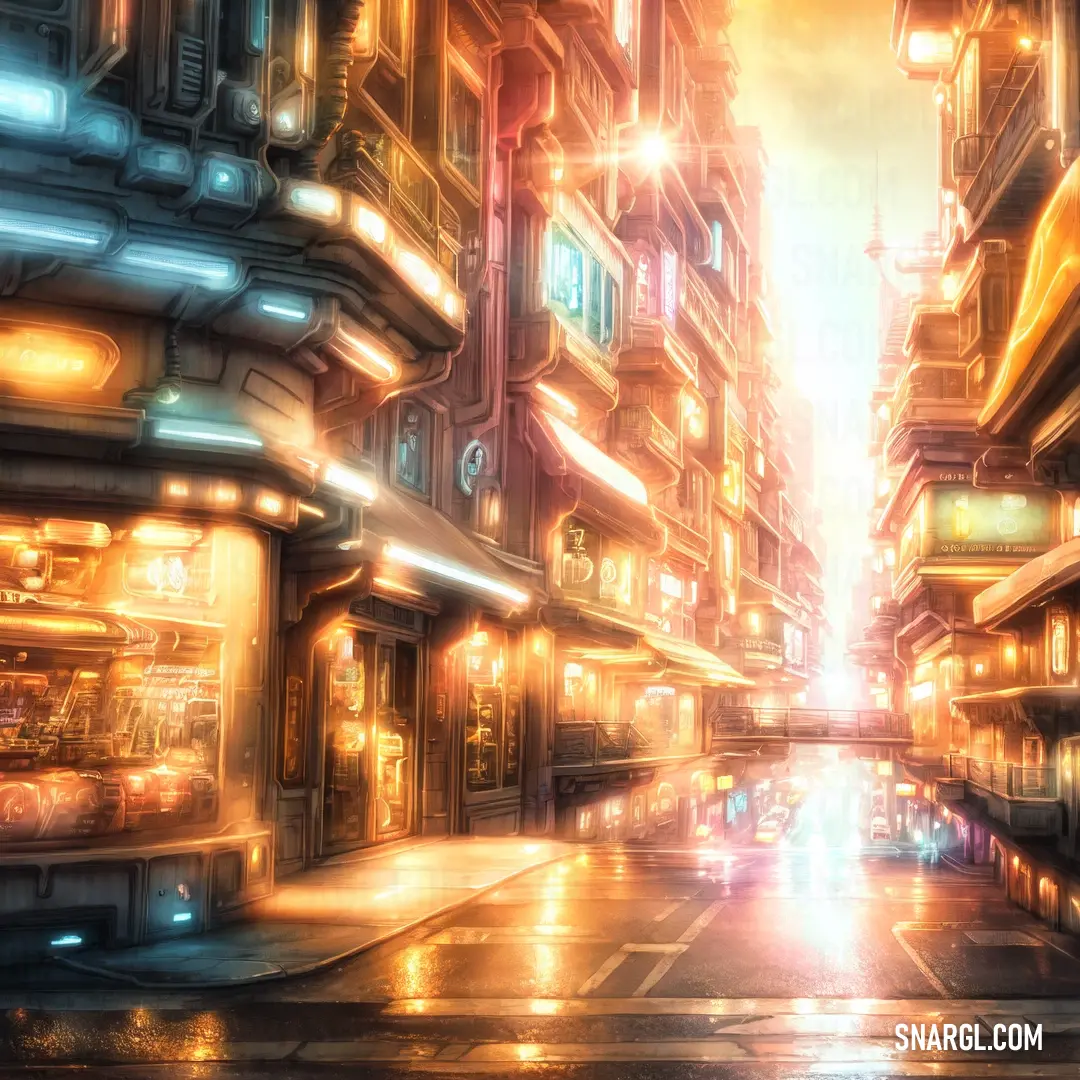
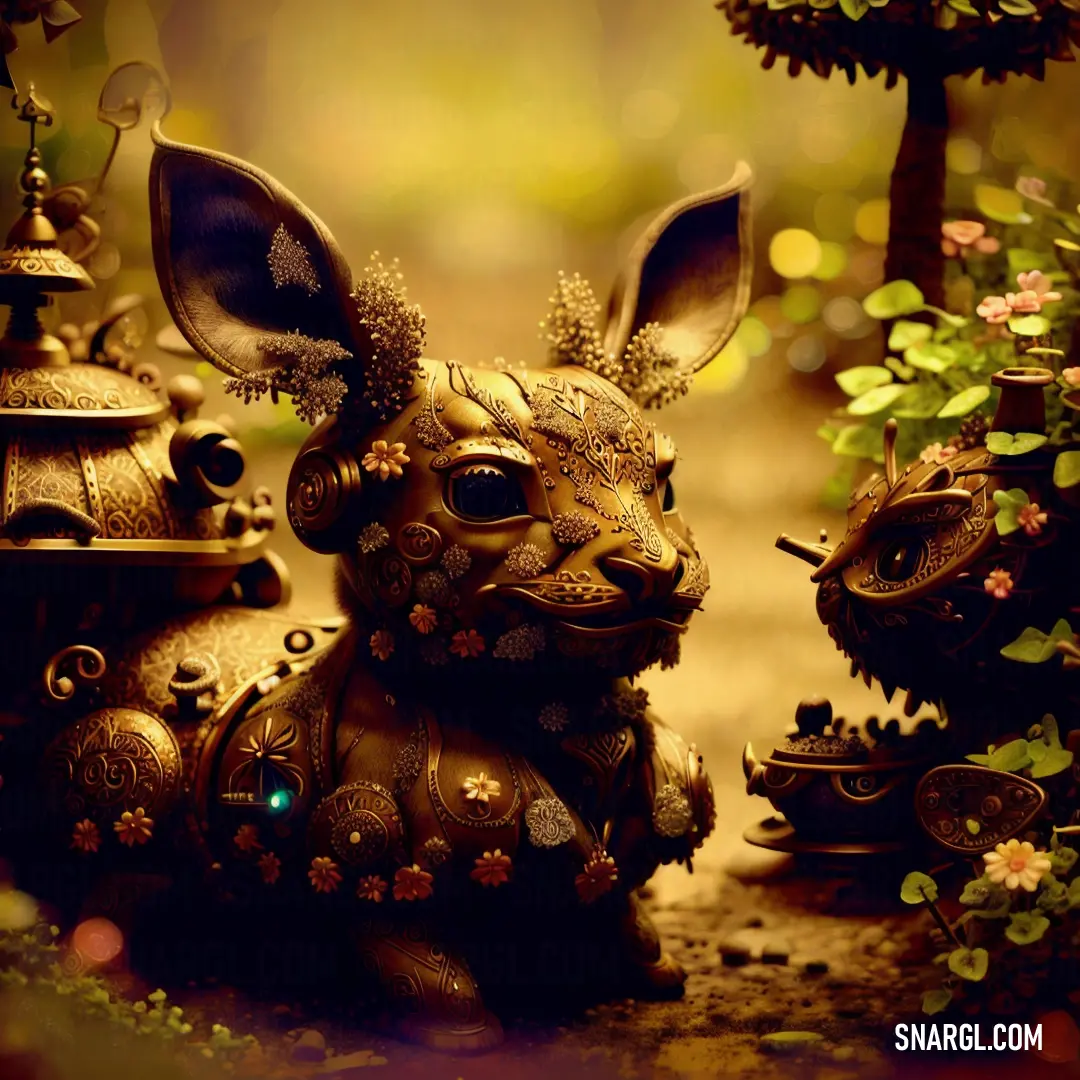
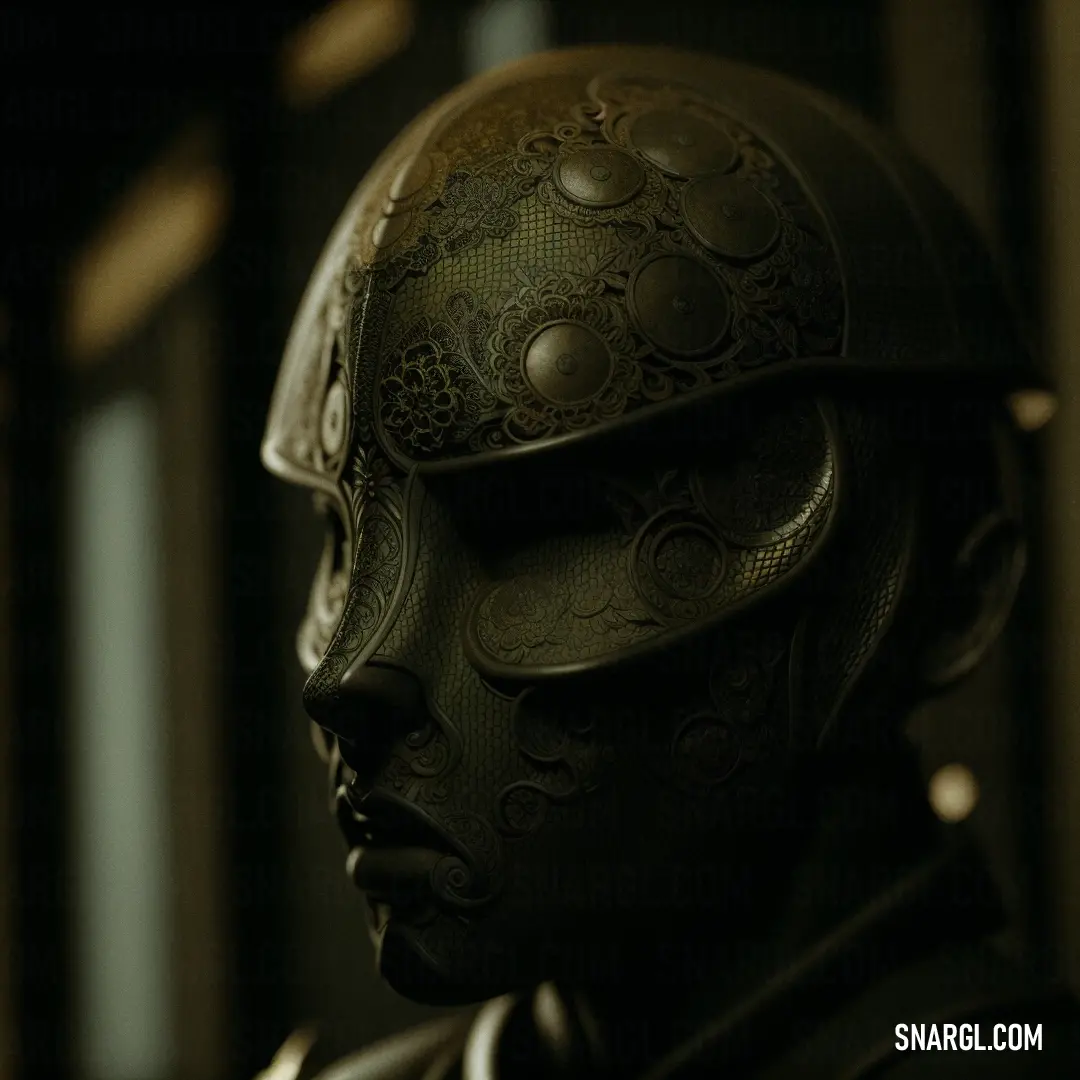

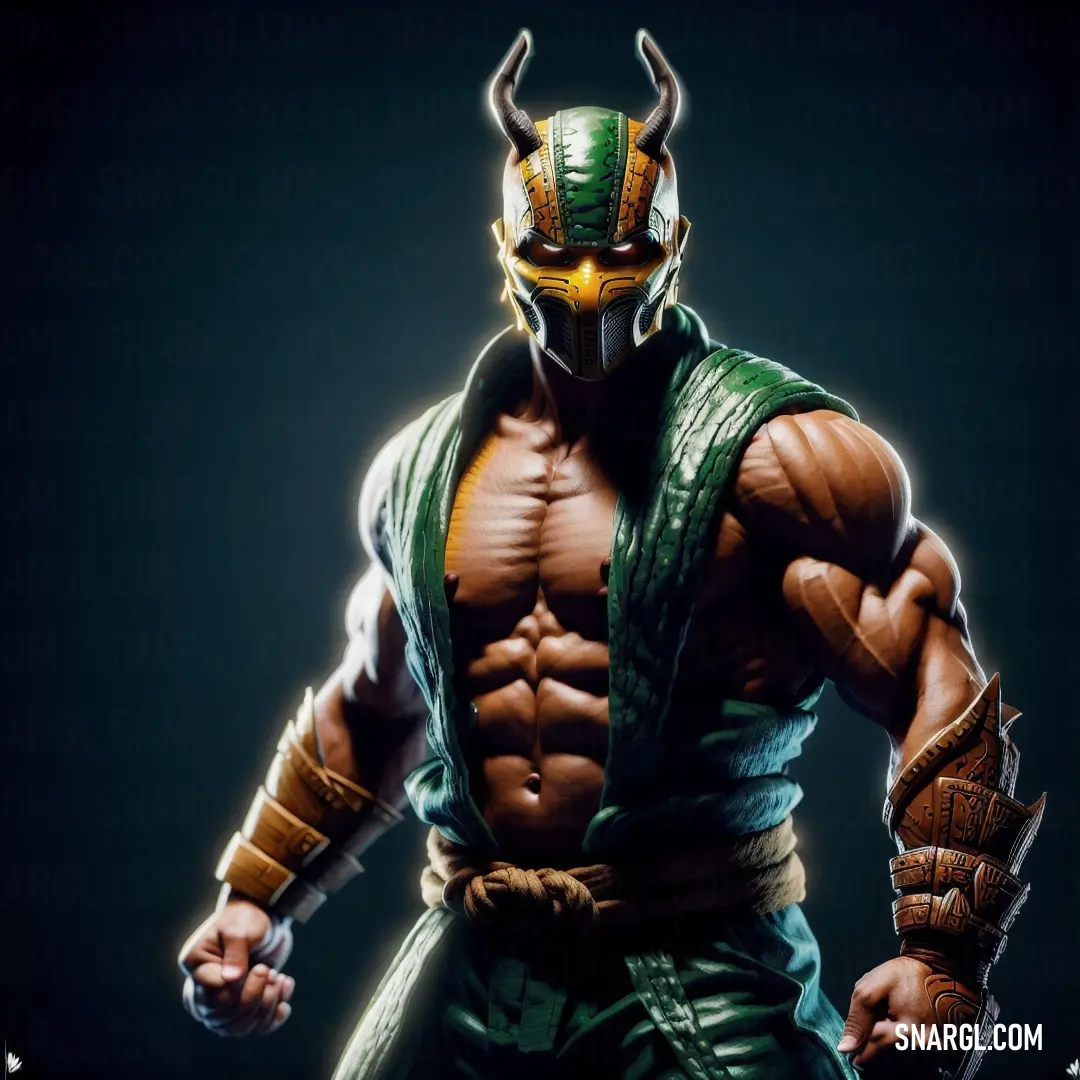

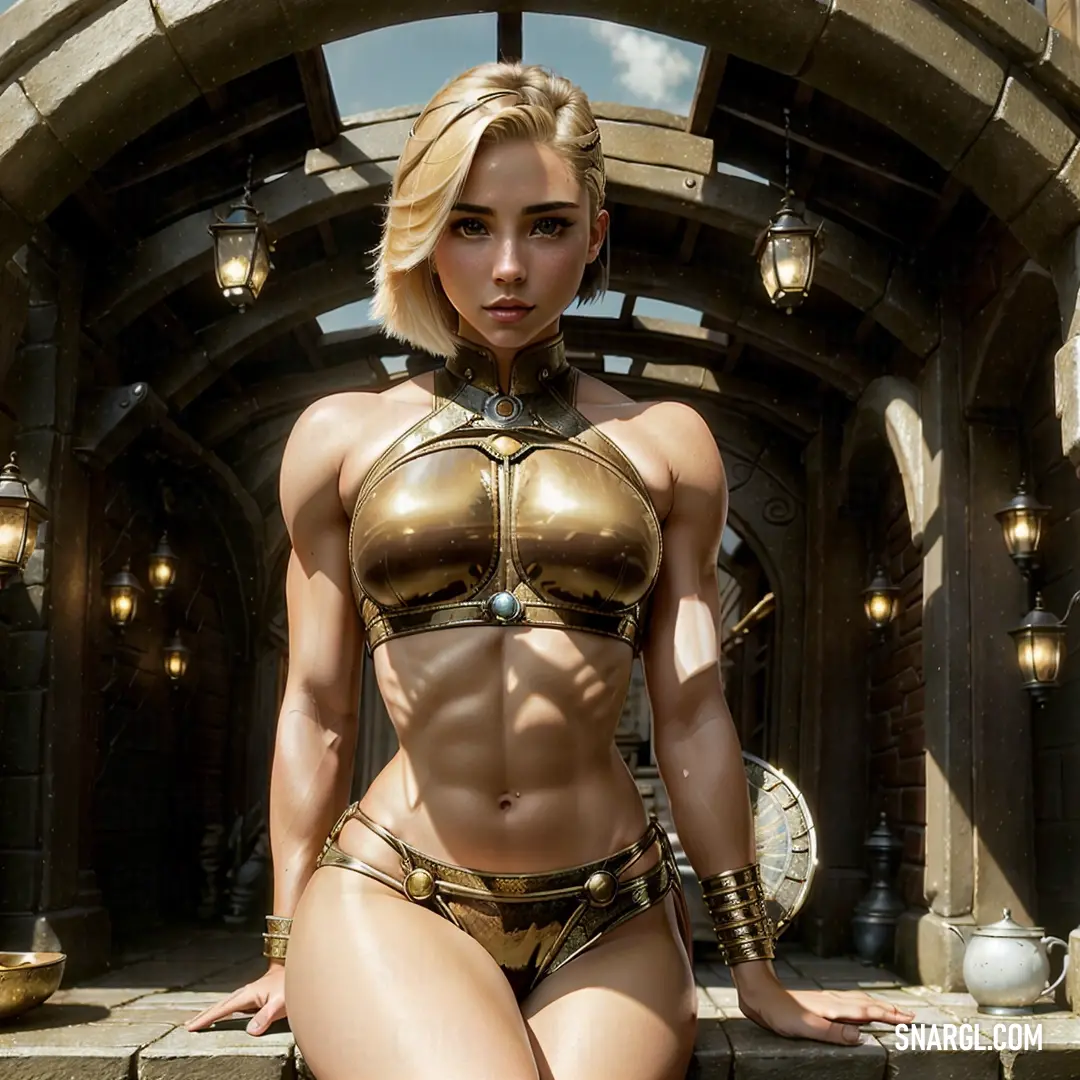

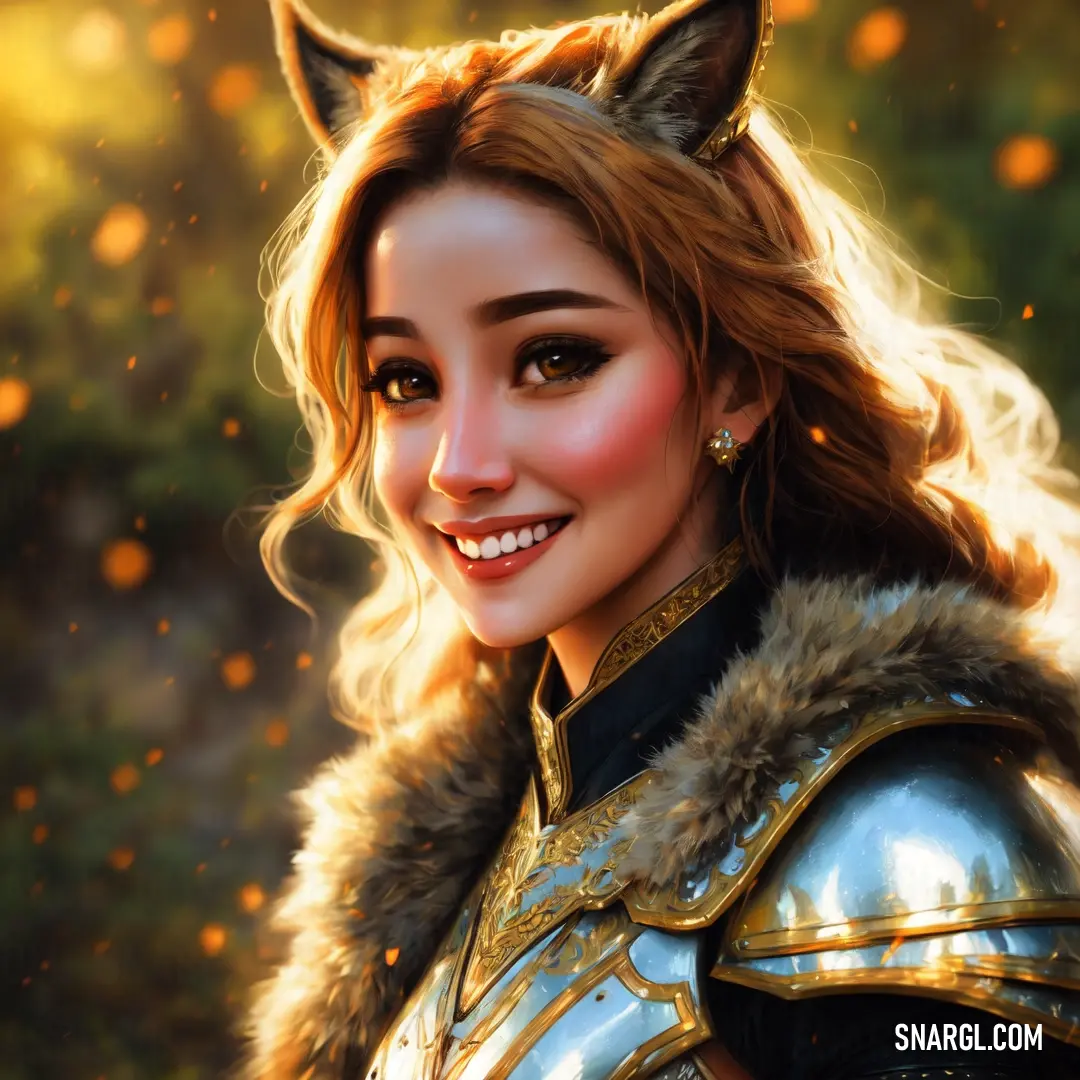
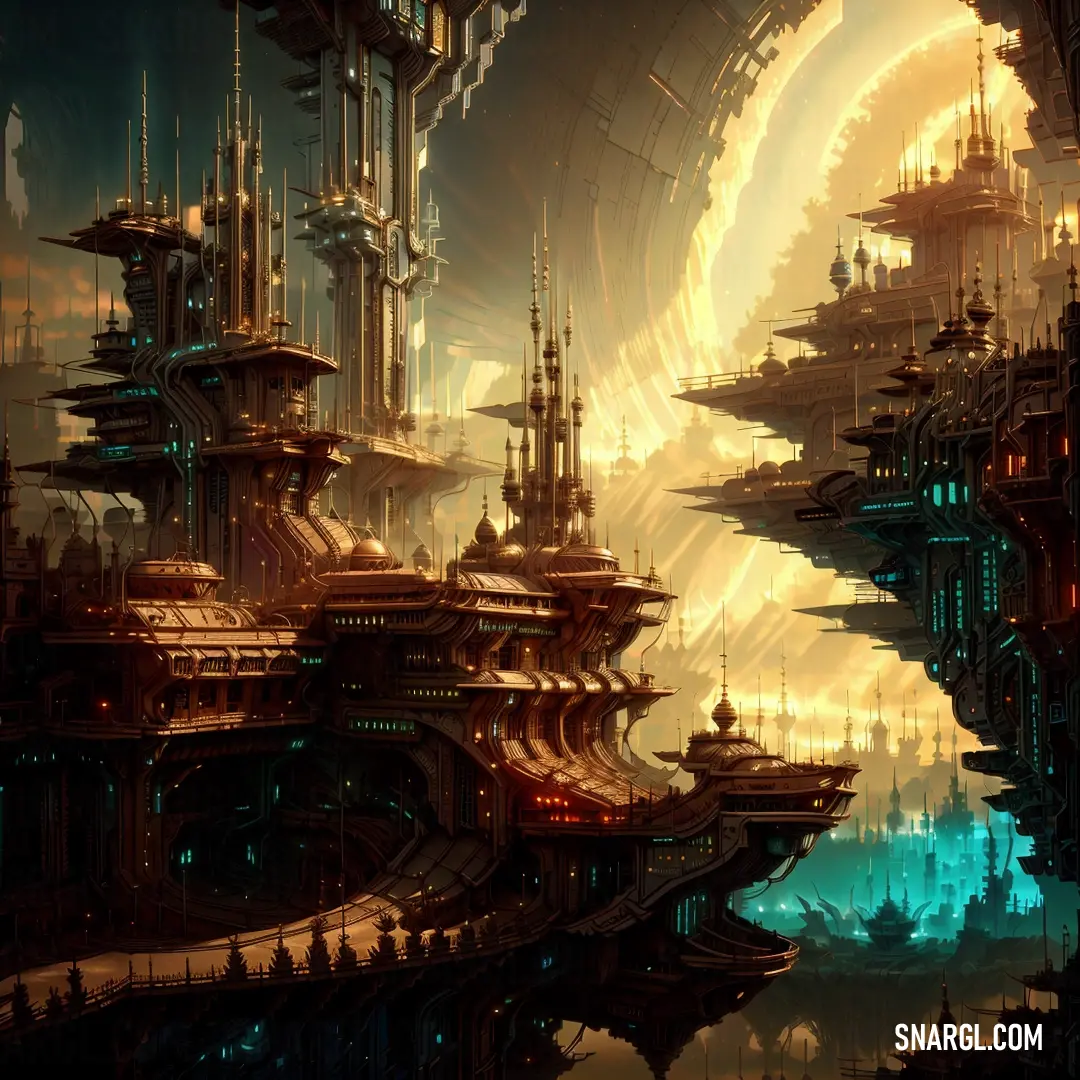
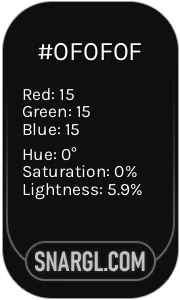 Onyx
Onyx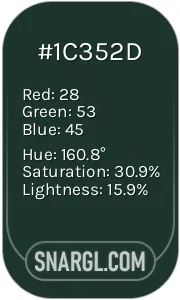 Medium jungle green
Medium jungle green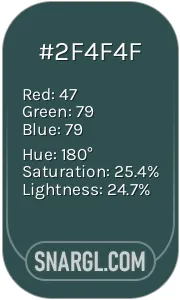 Dark slate gray
Dark slate gray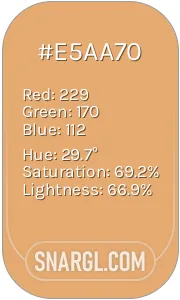 Fawn
Fawn Sepia
Sepia
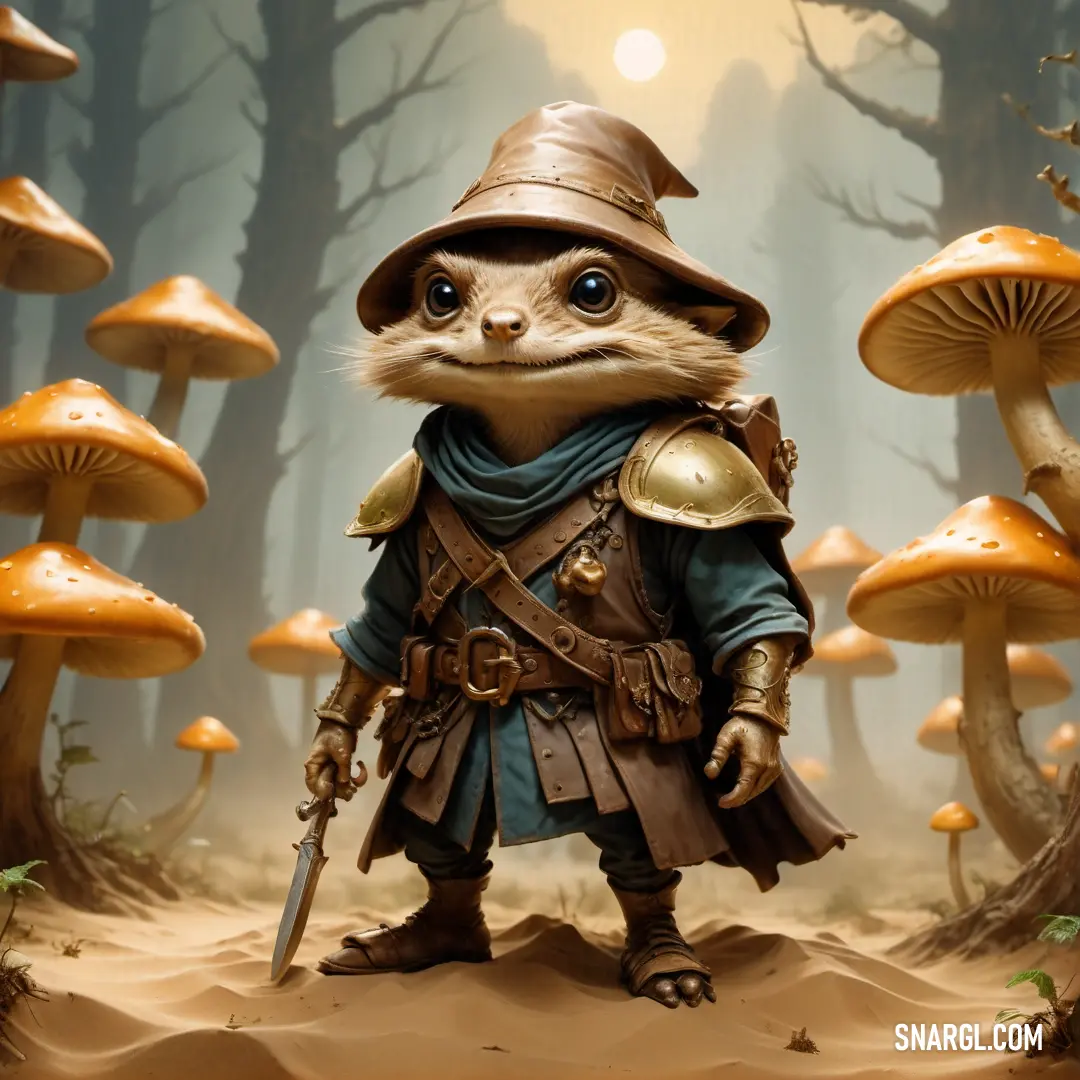

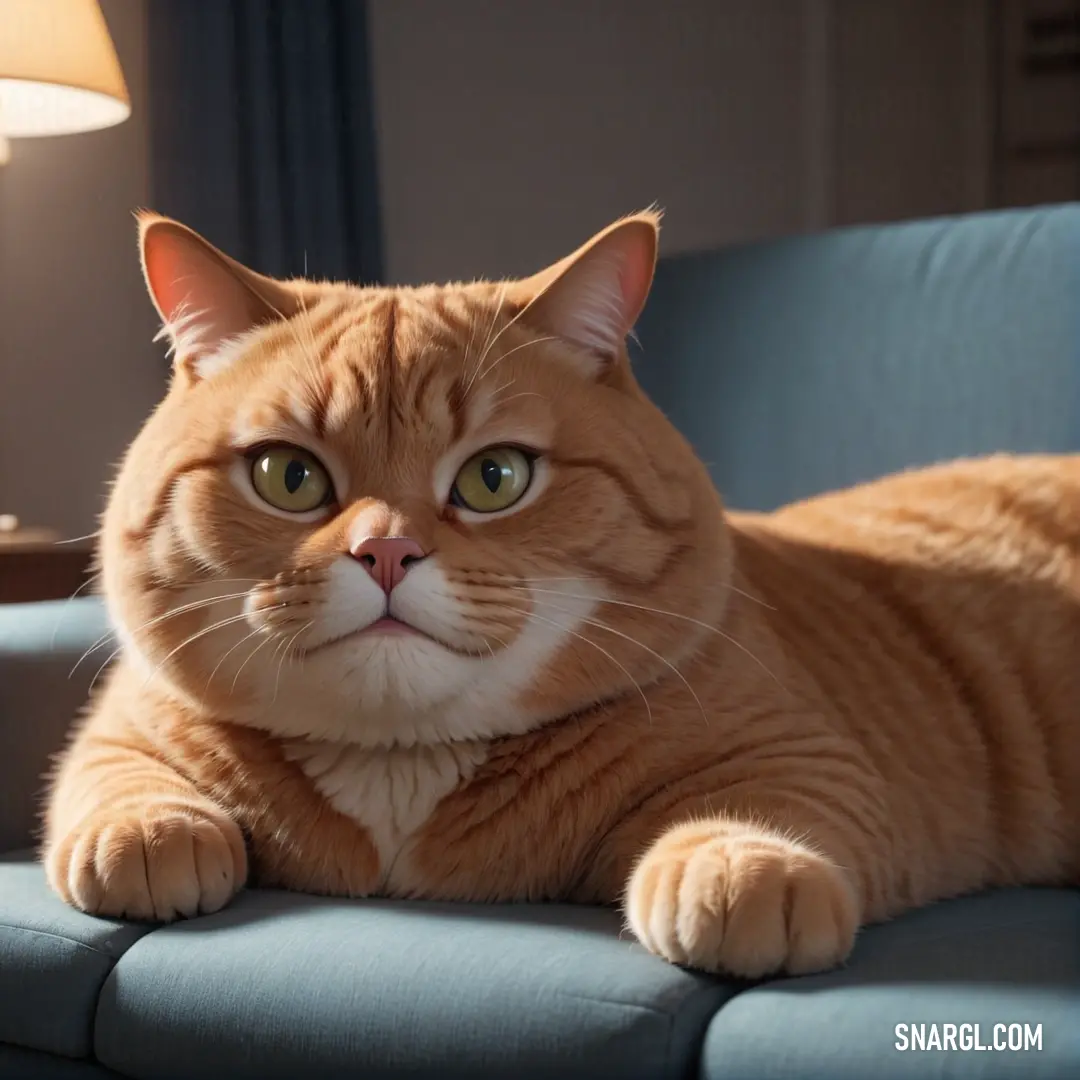
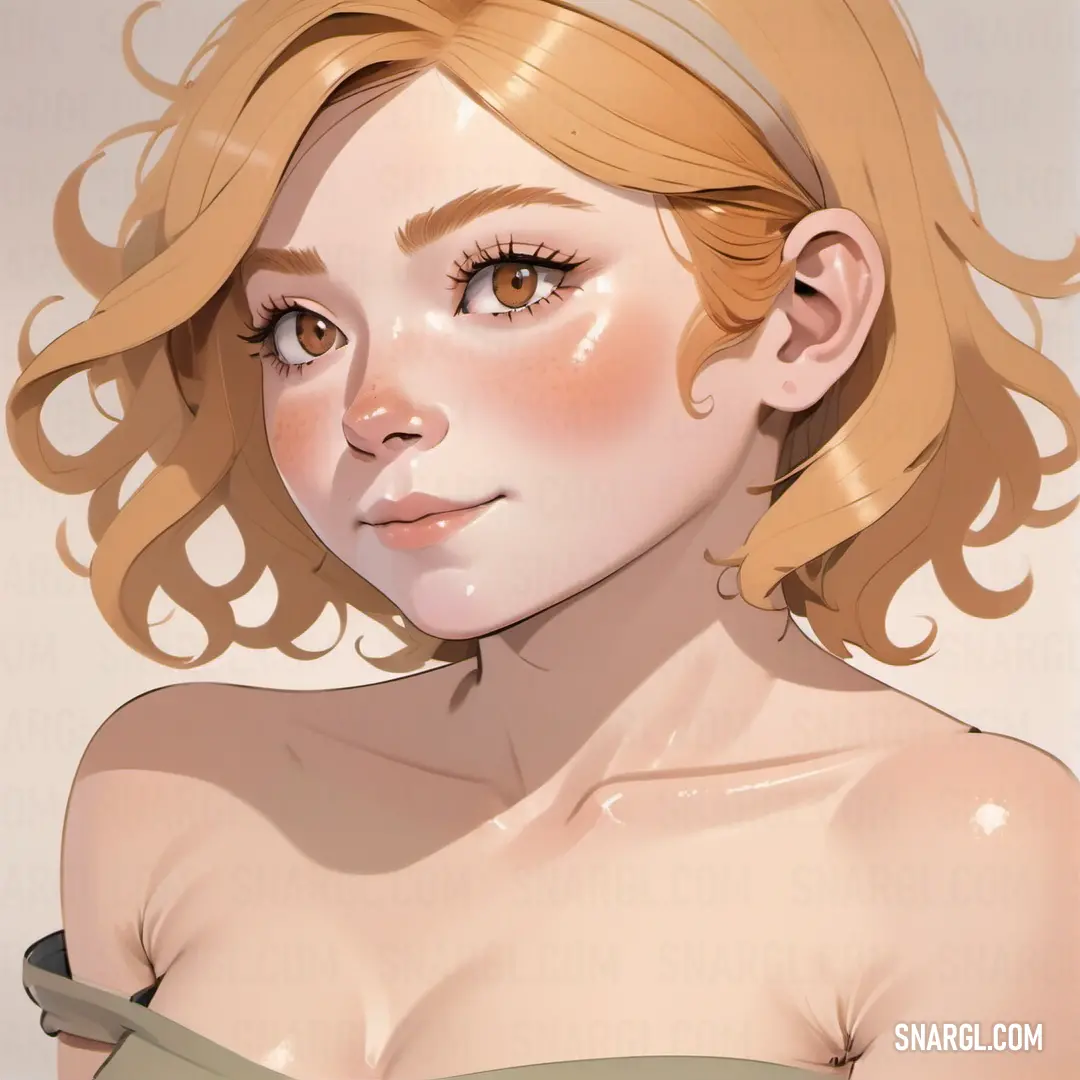
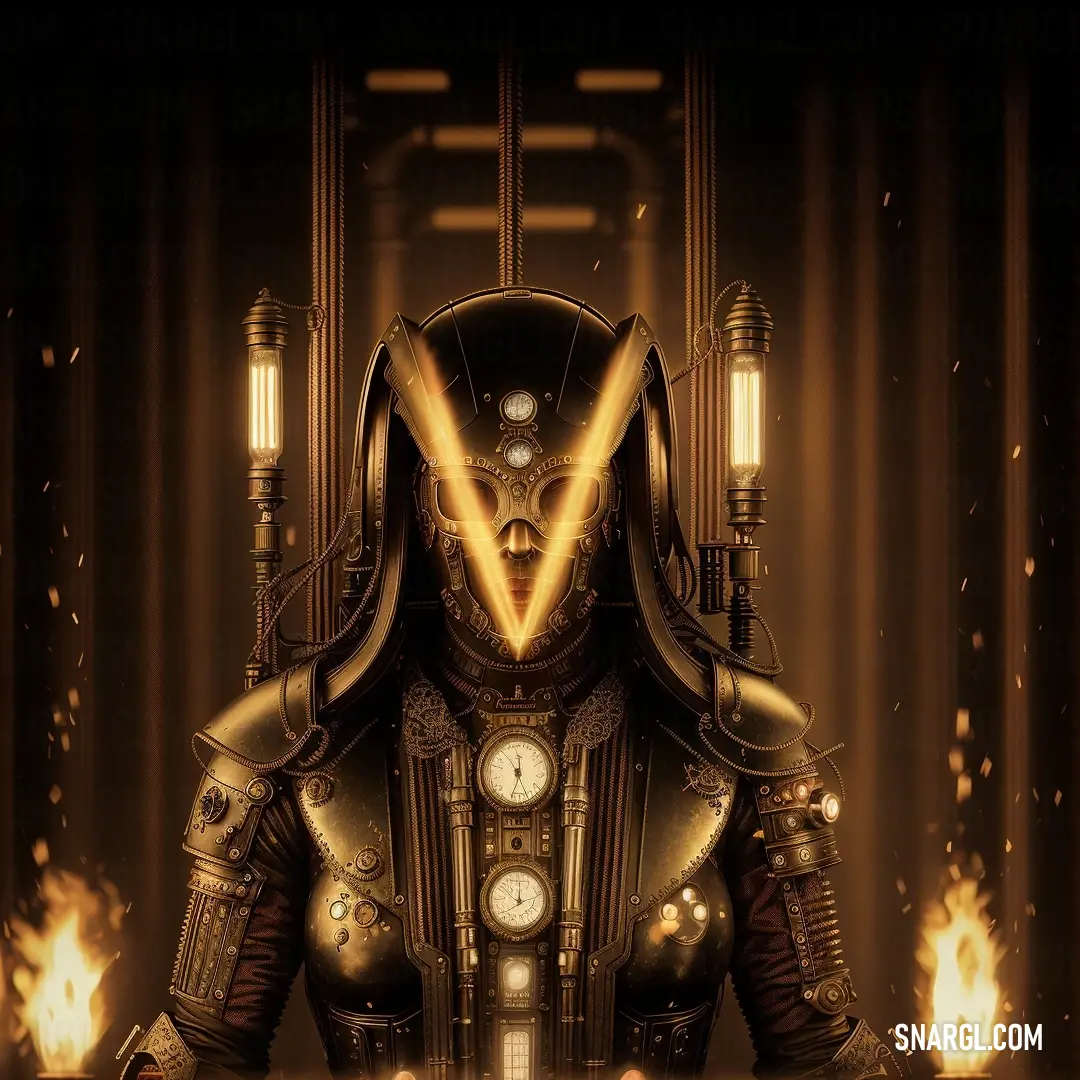
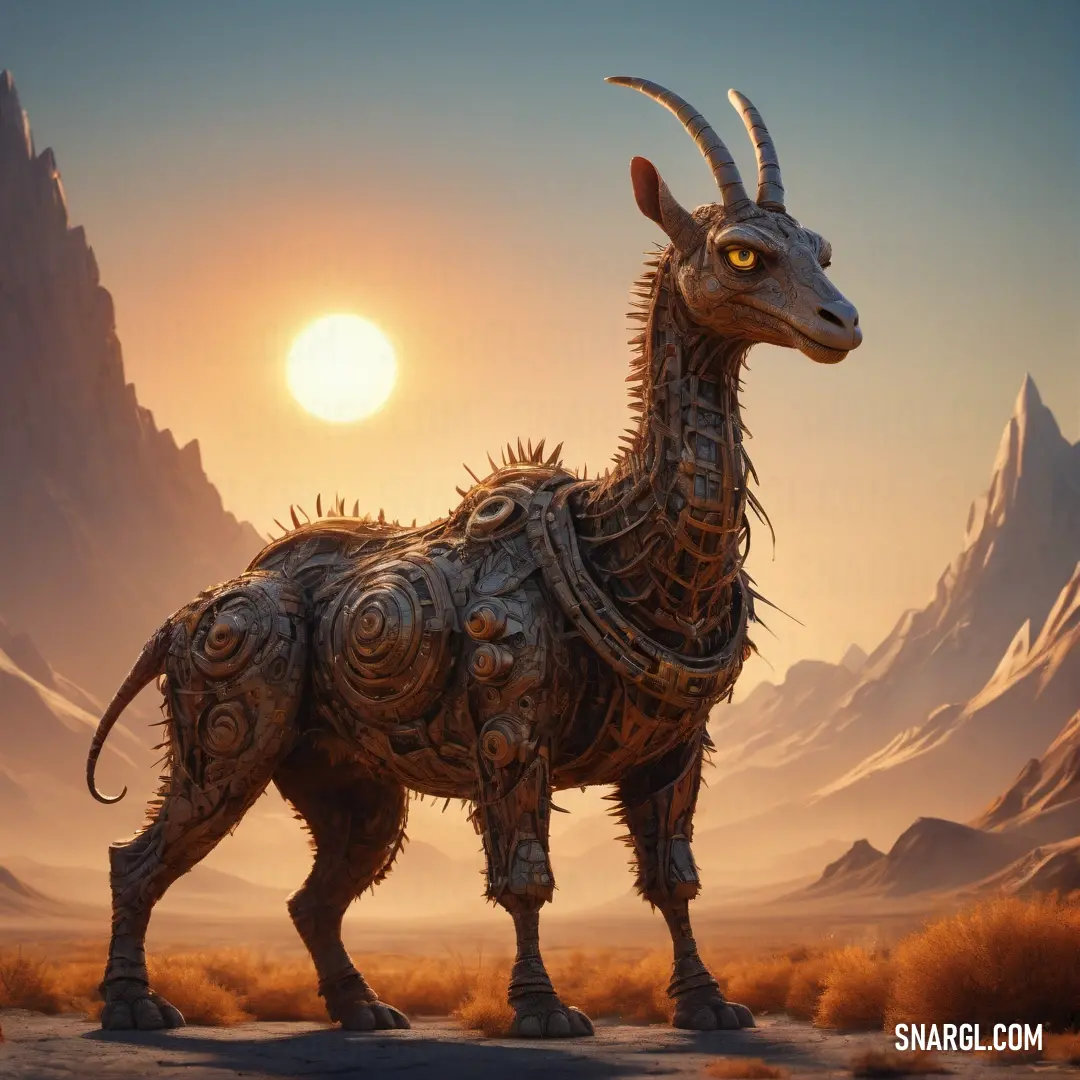
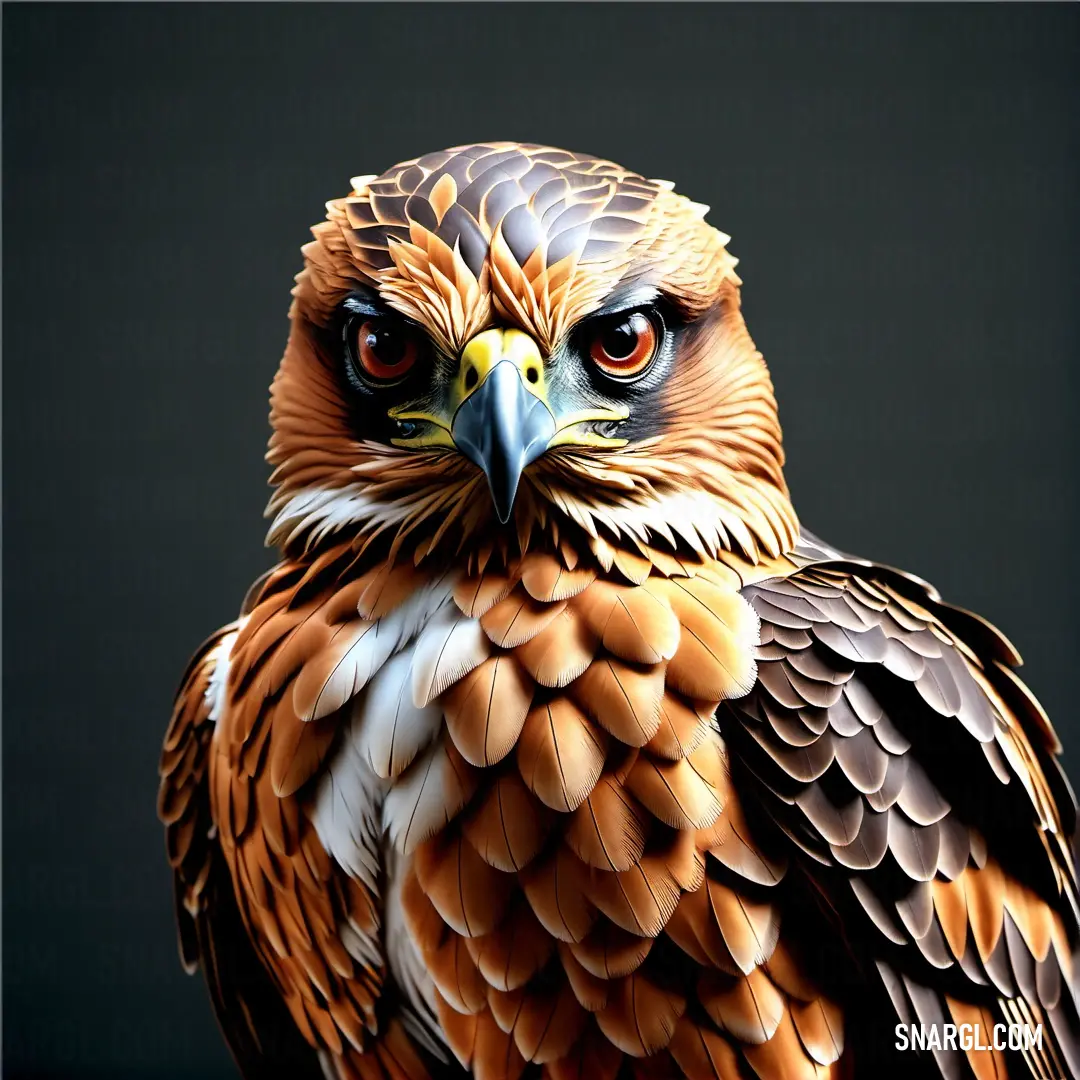
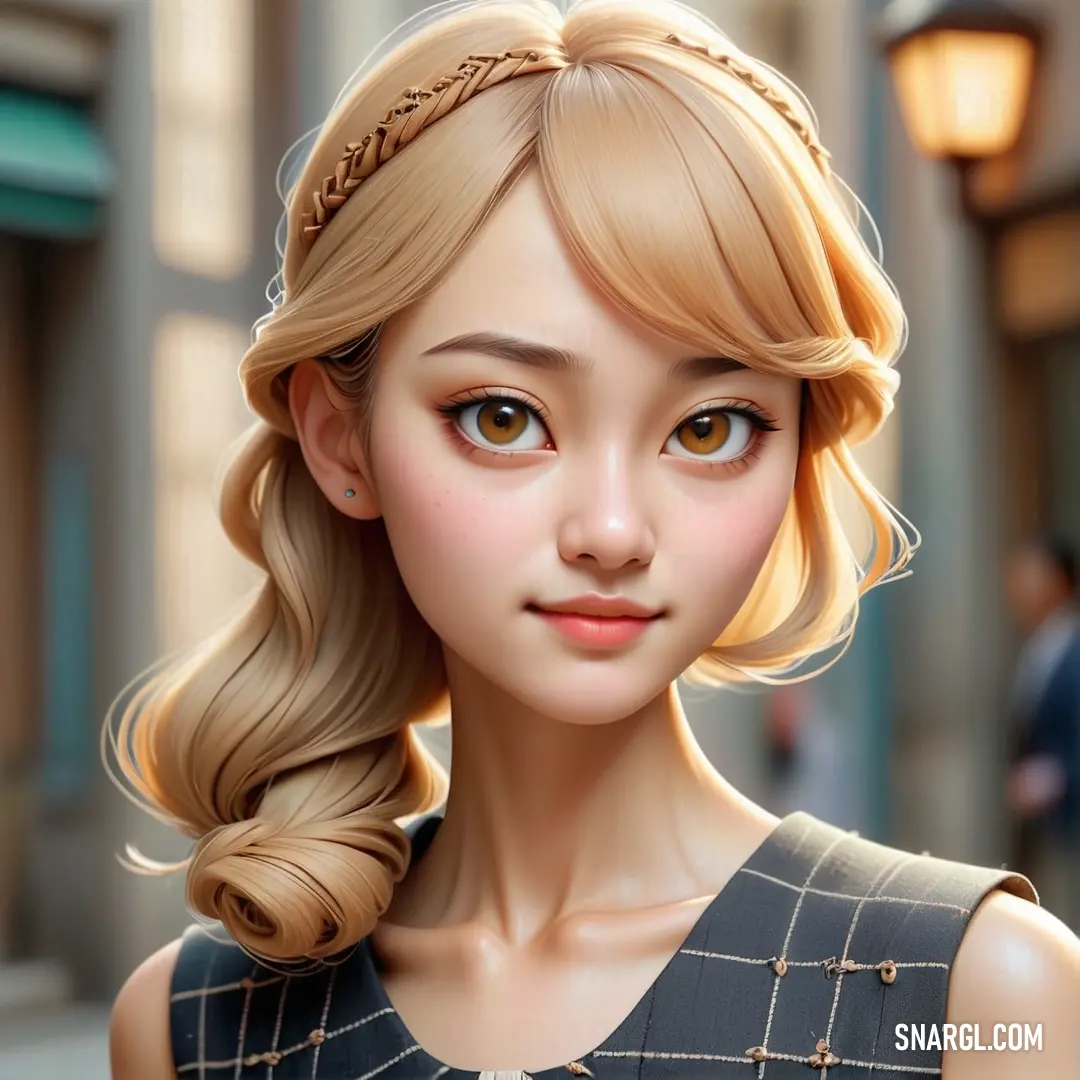
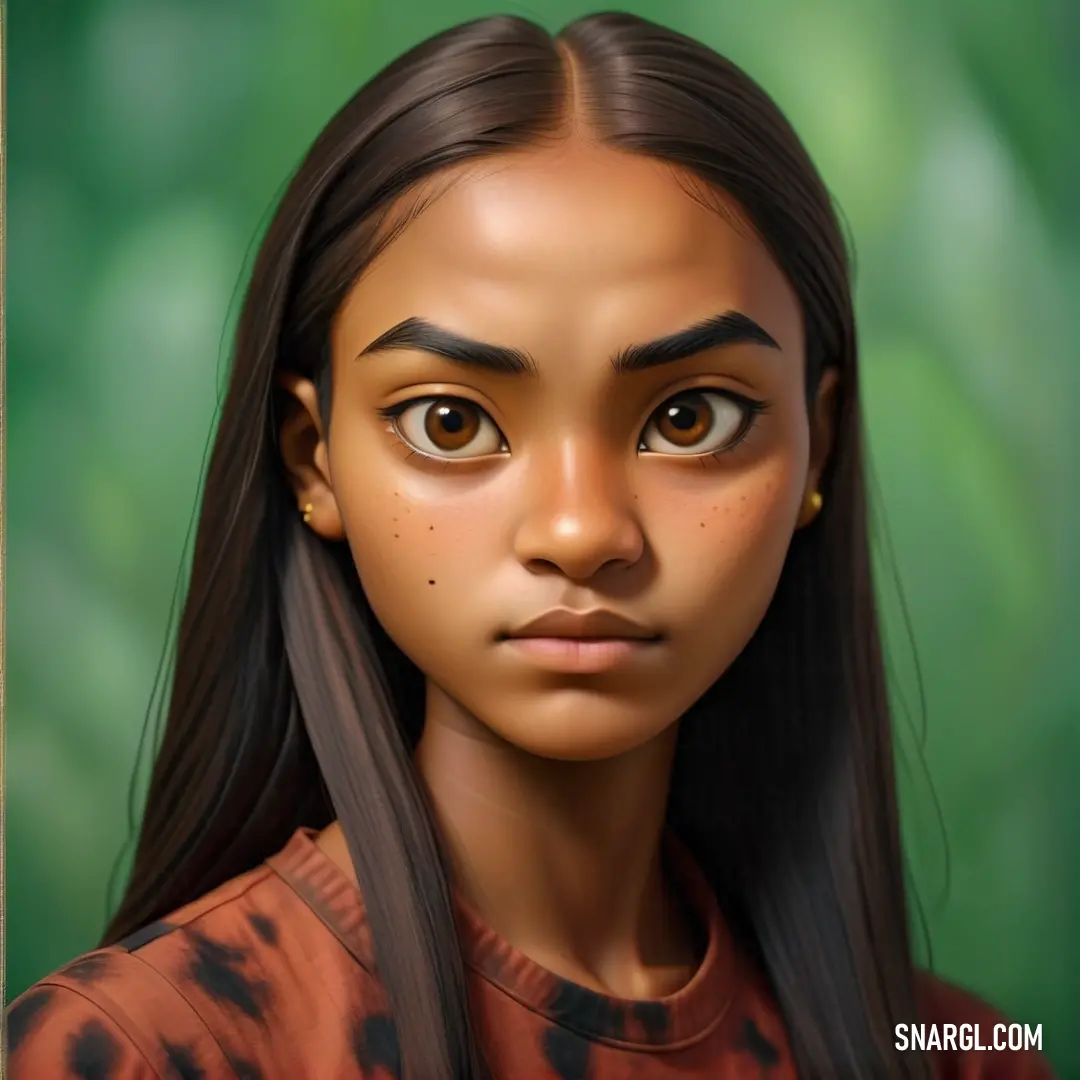
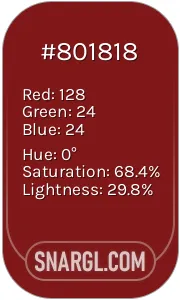 Falu red
Falu red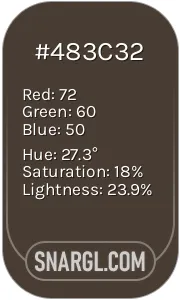 Dark lava
Dark lava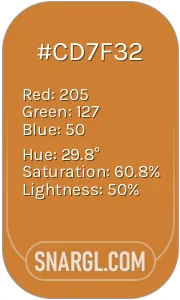 Bronze
Bronze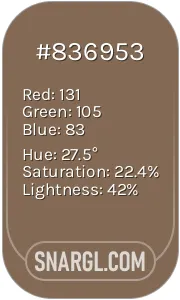 Pastel brown
Pastel brown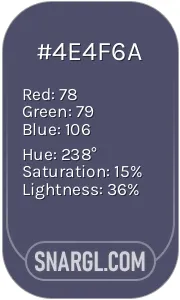 Pang
Pang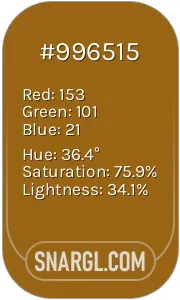 Golden brown
Golden brown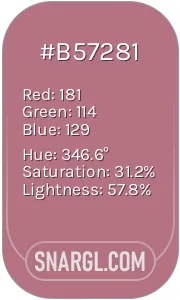 Turkish rose
Turkish rose Brass
Brass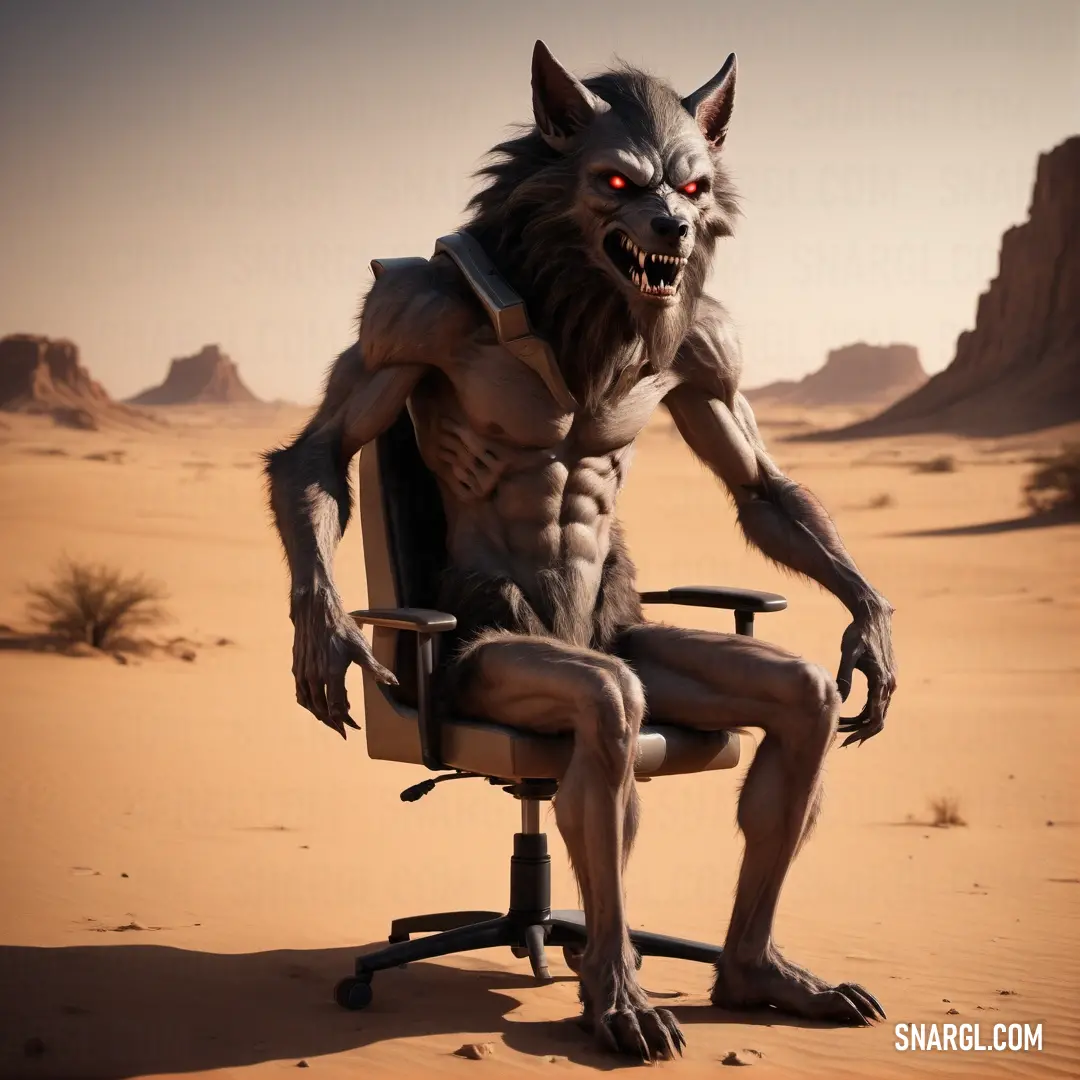
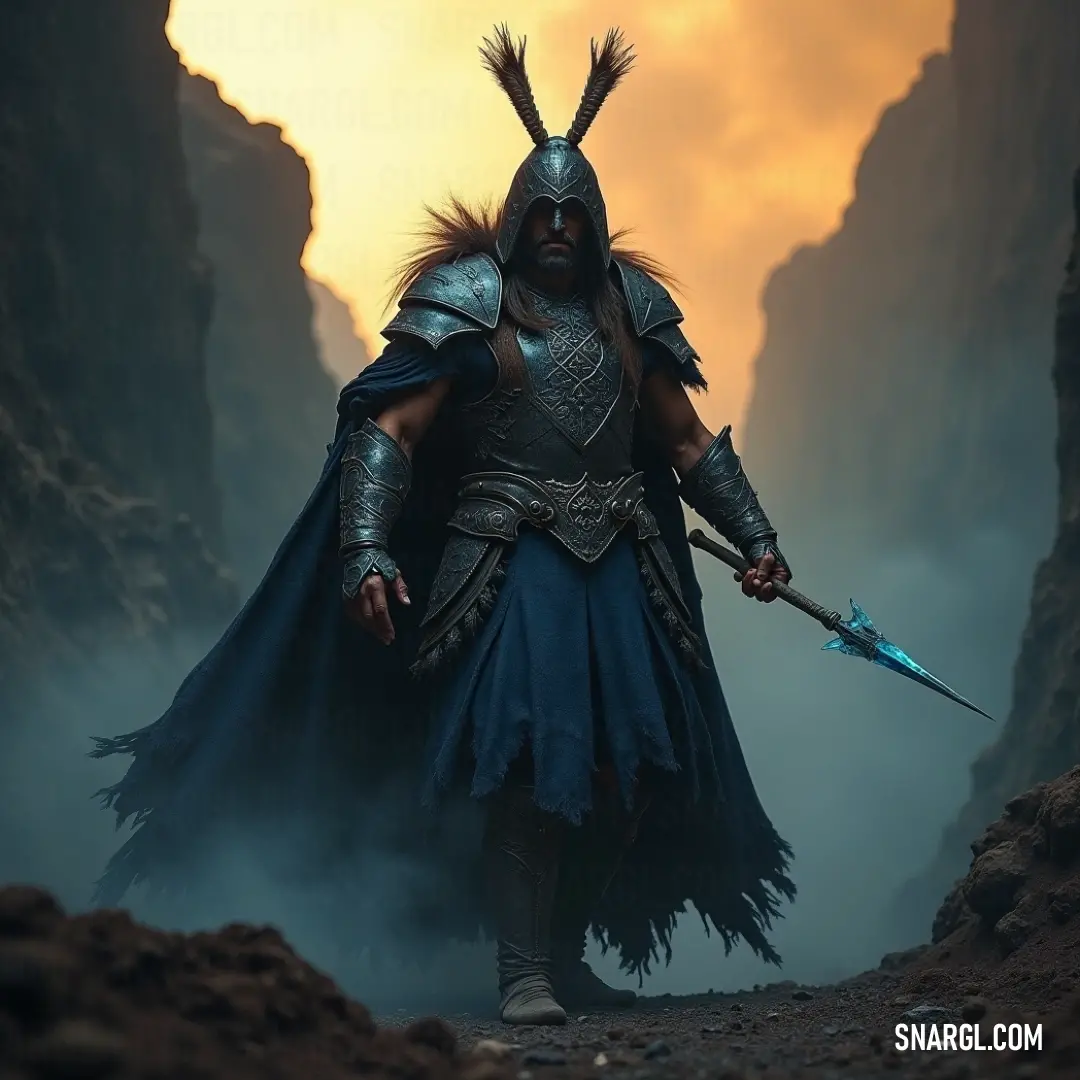
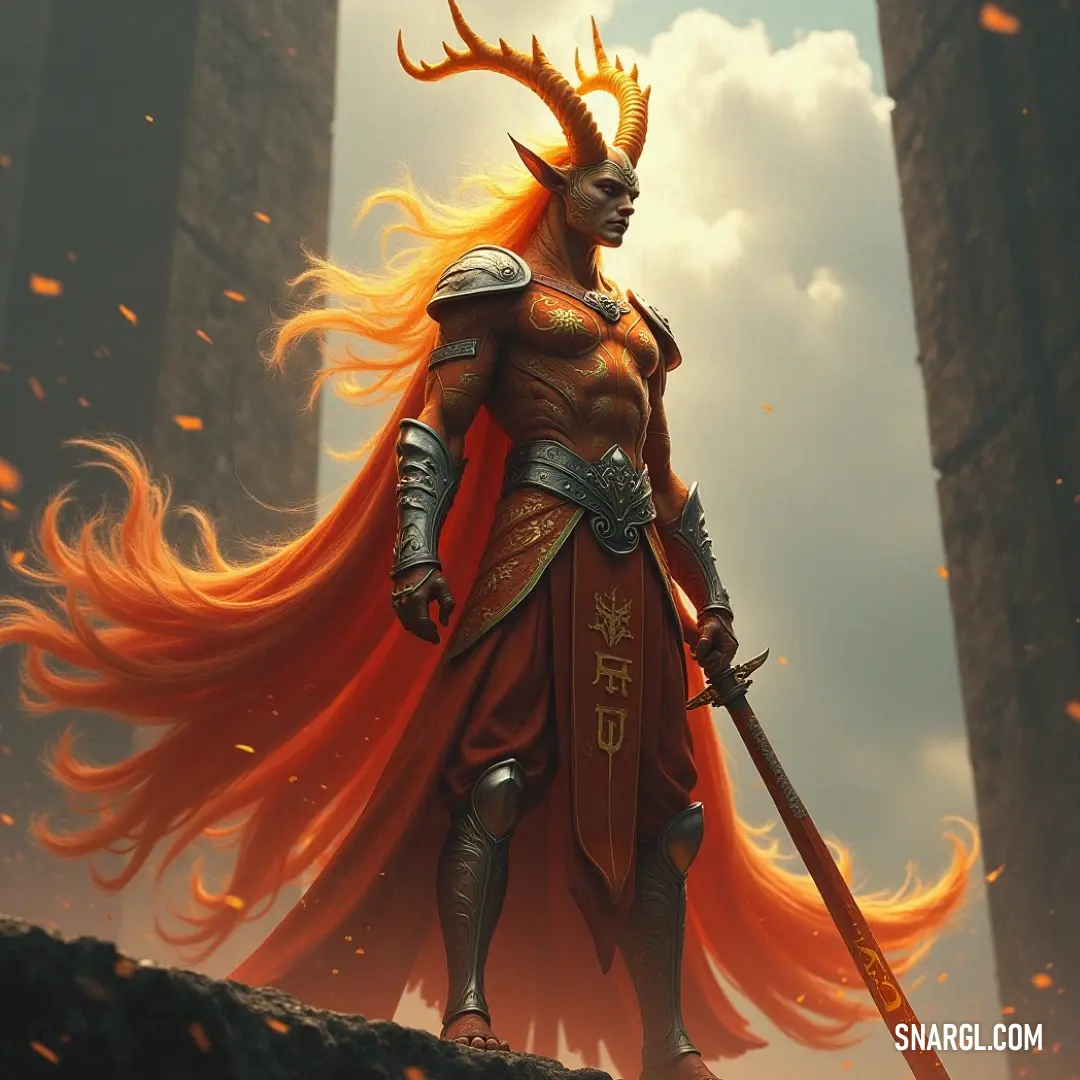
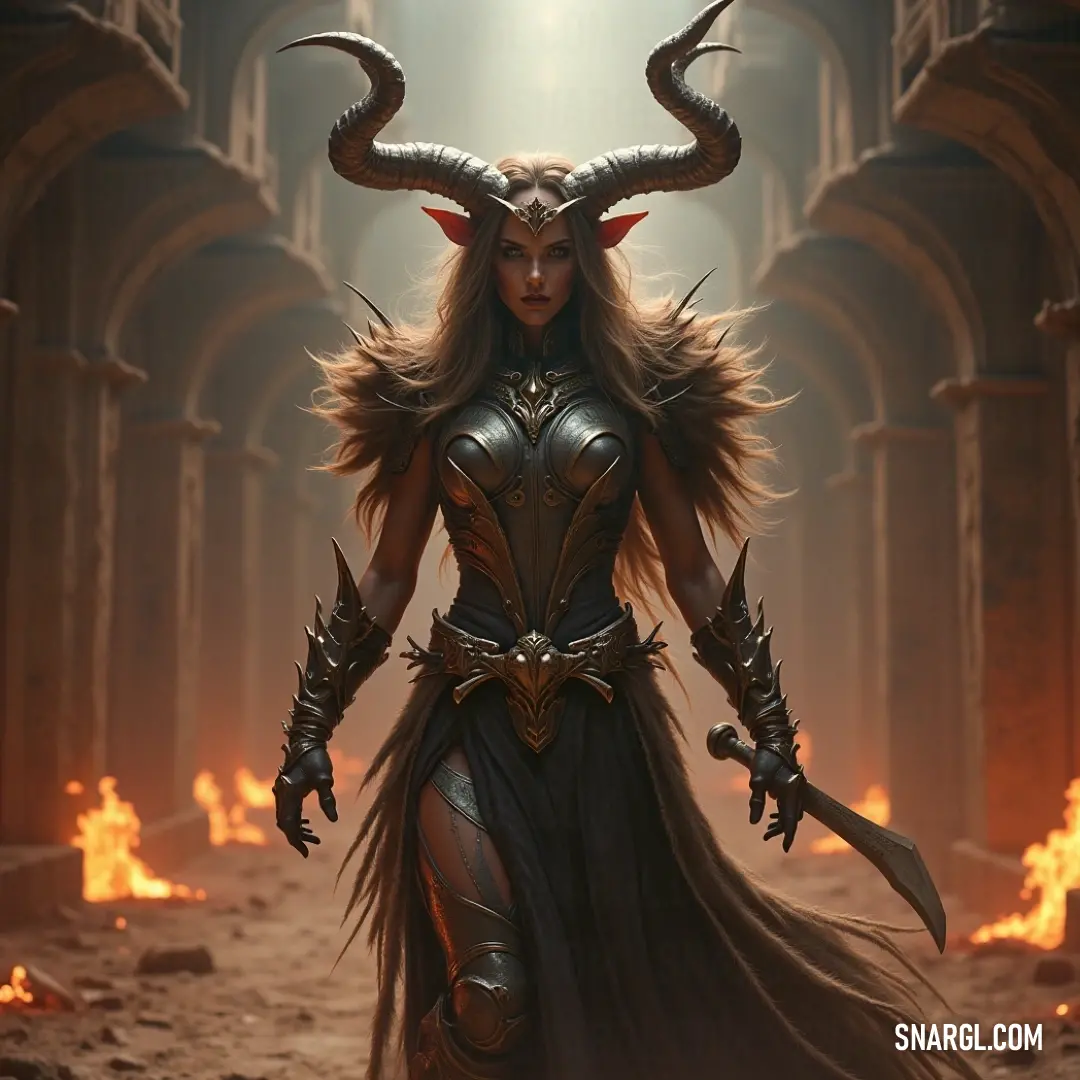
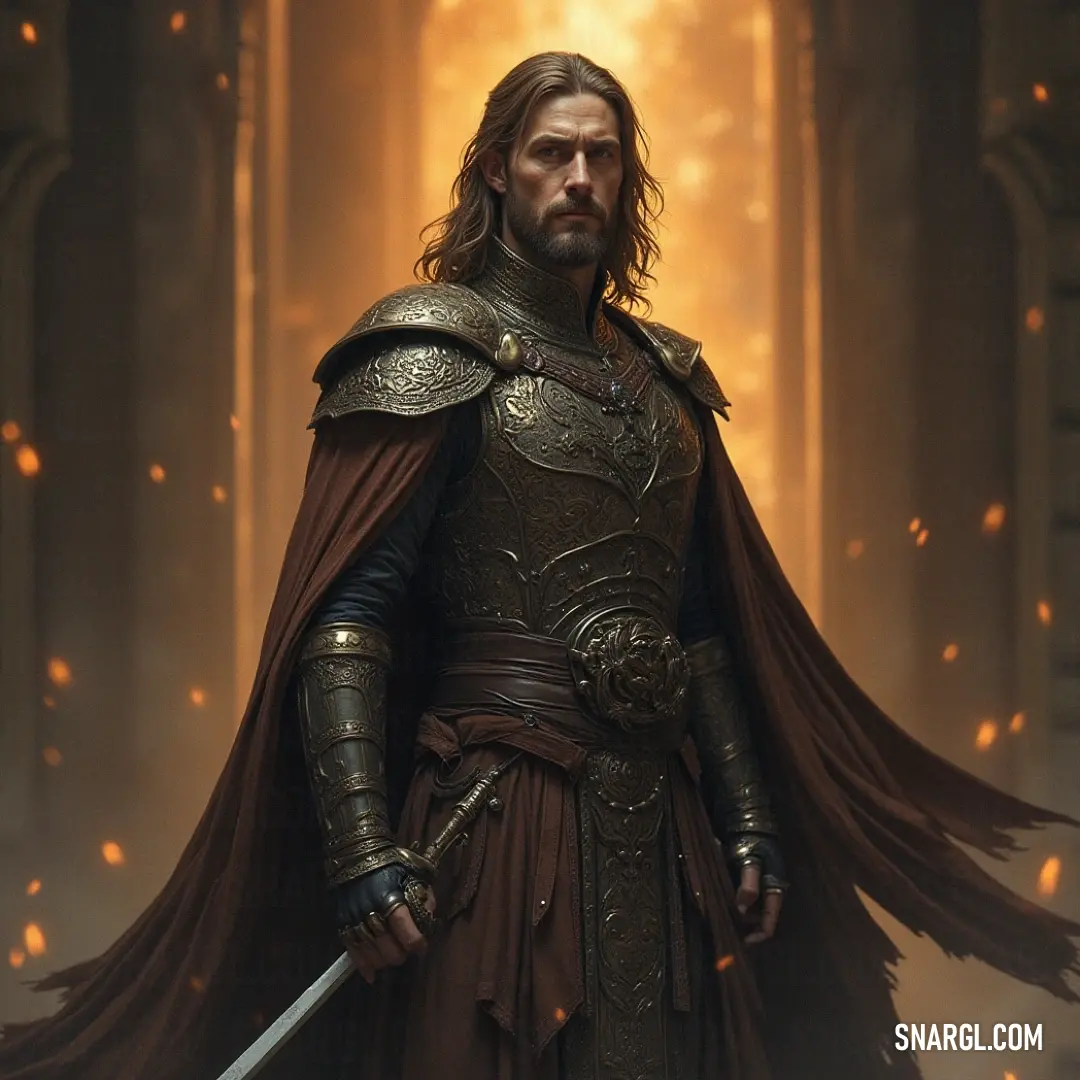
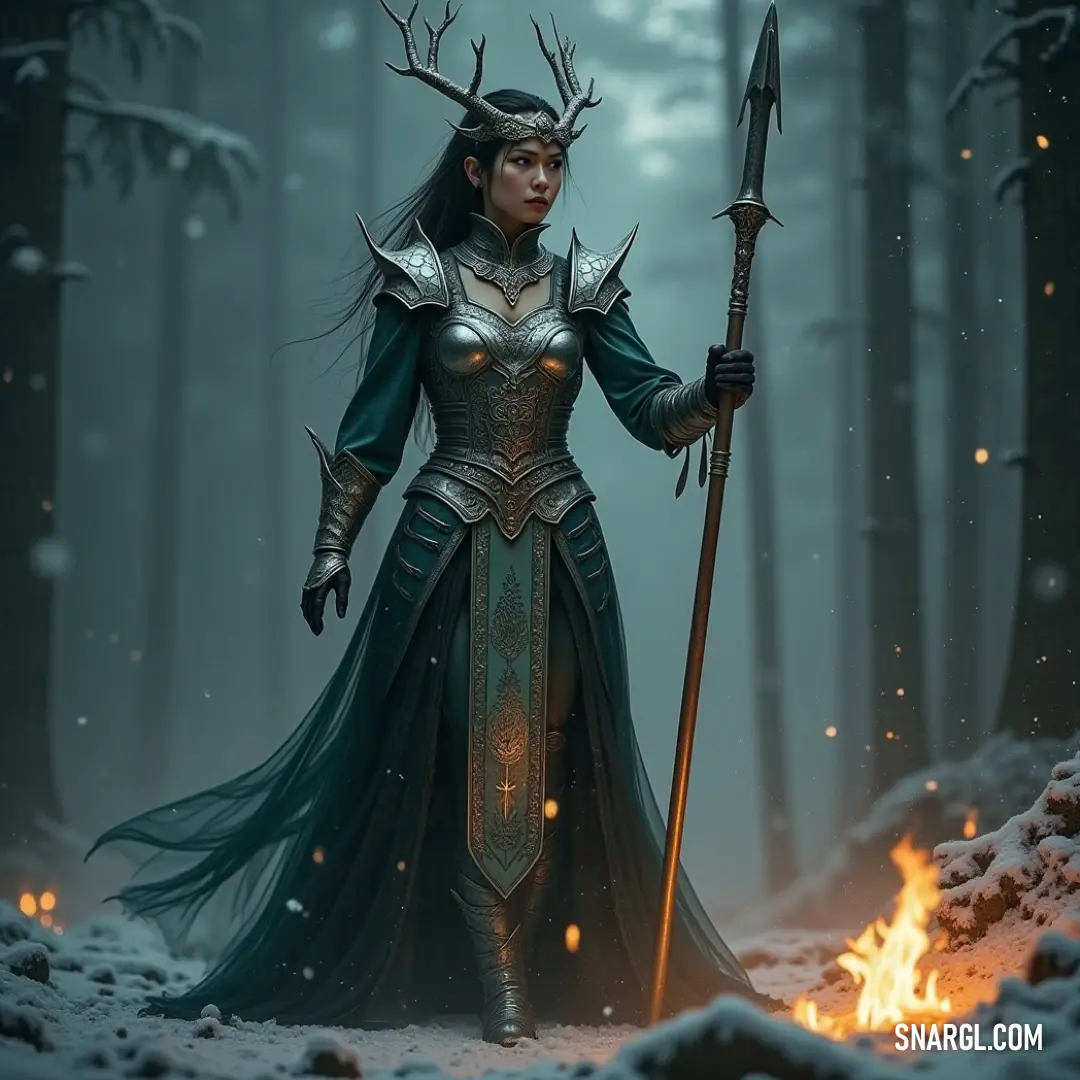
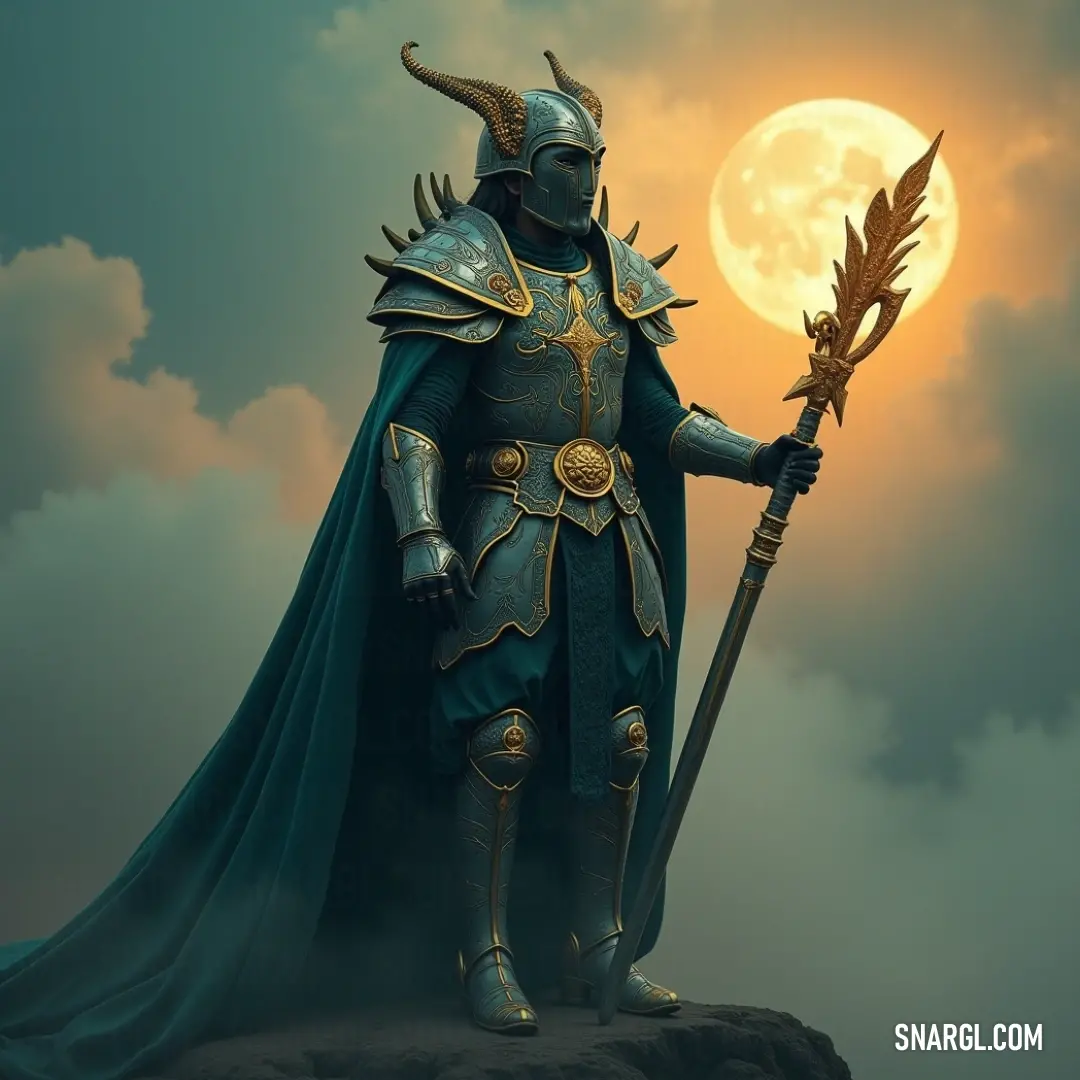



 Deep jungle green
Deep jungle green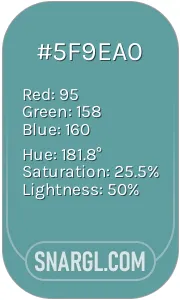 Cadet blue
Cadet blue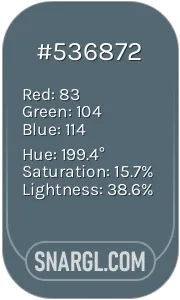 Cadet
Cadet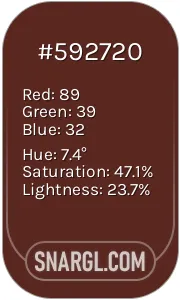 Caput mortuum
Caput mortuum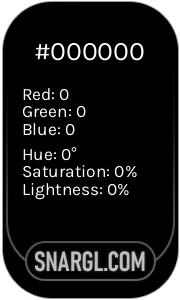 Black
Black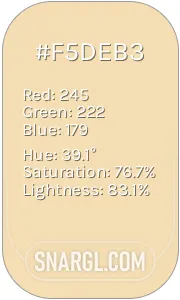 Wheat
Wheat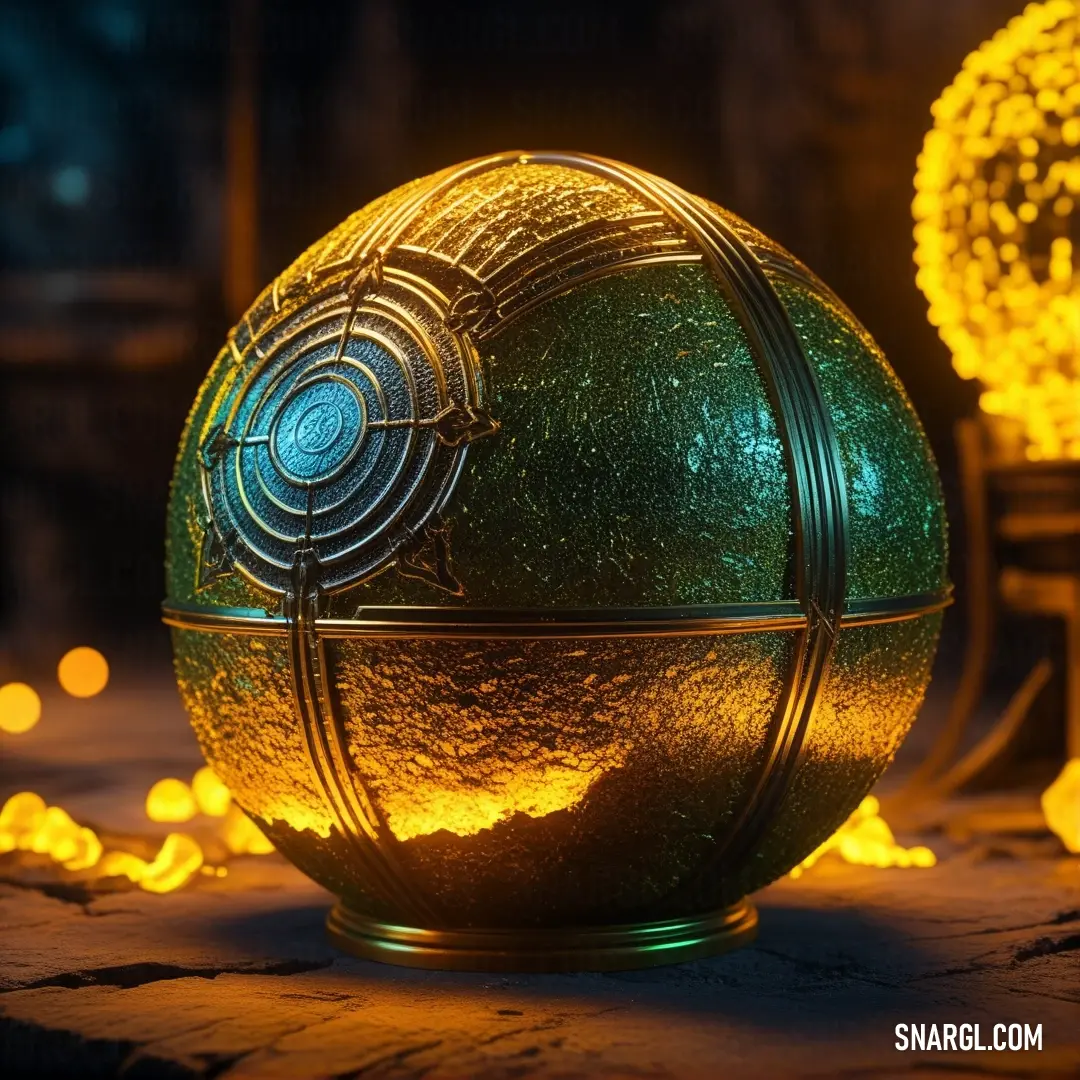

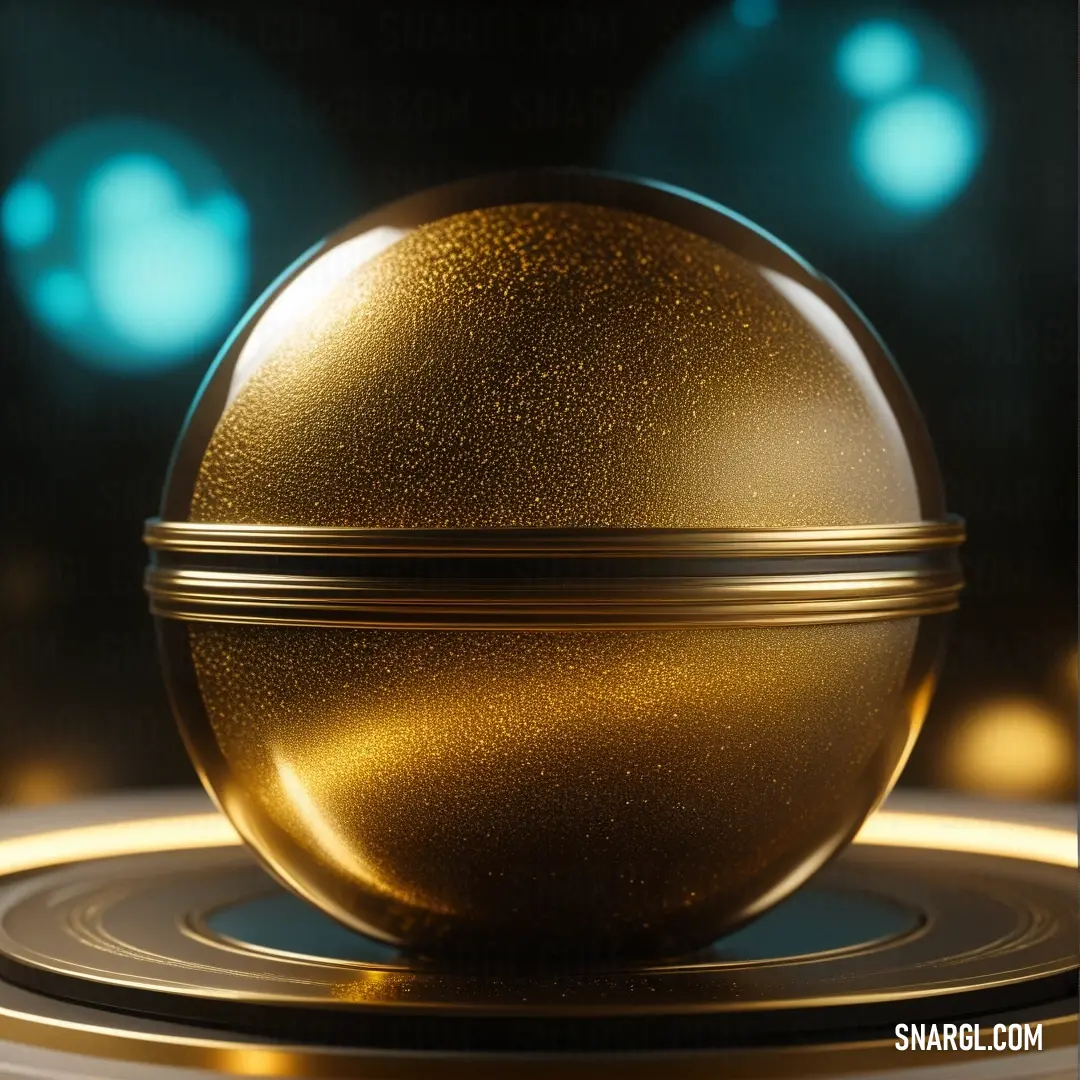
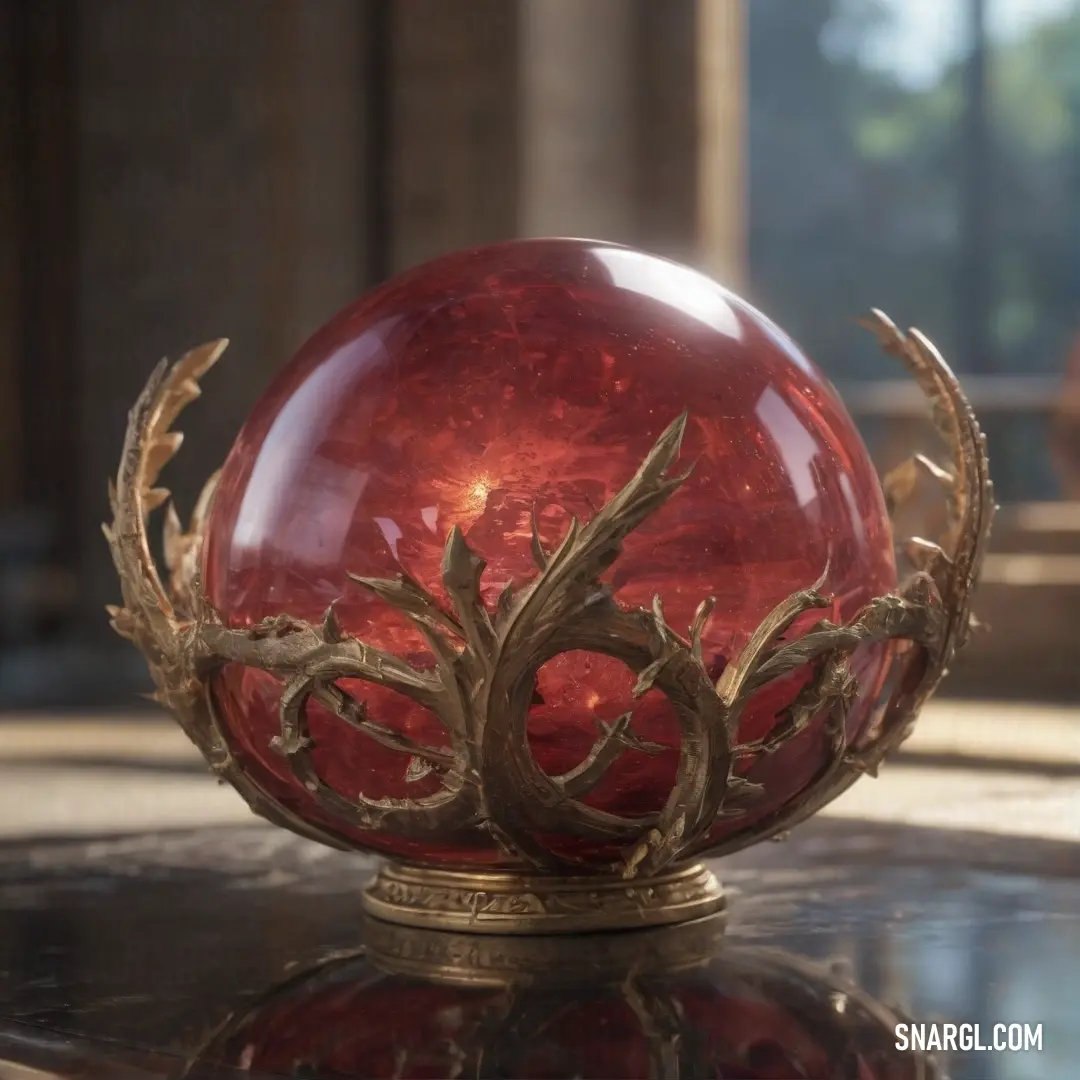

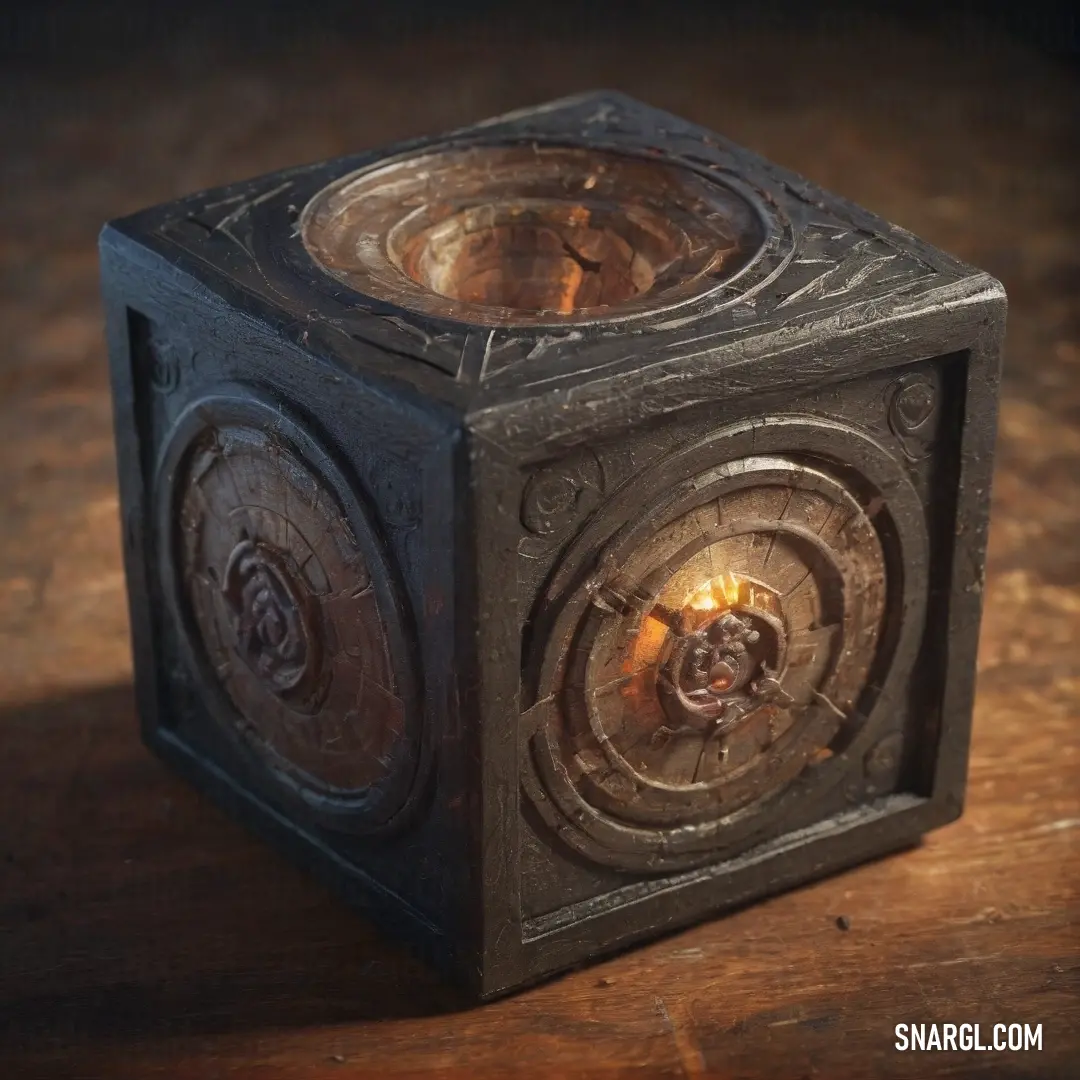
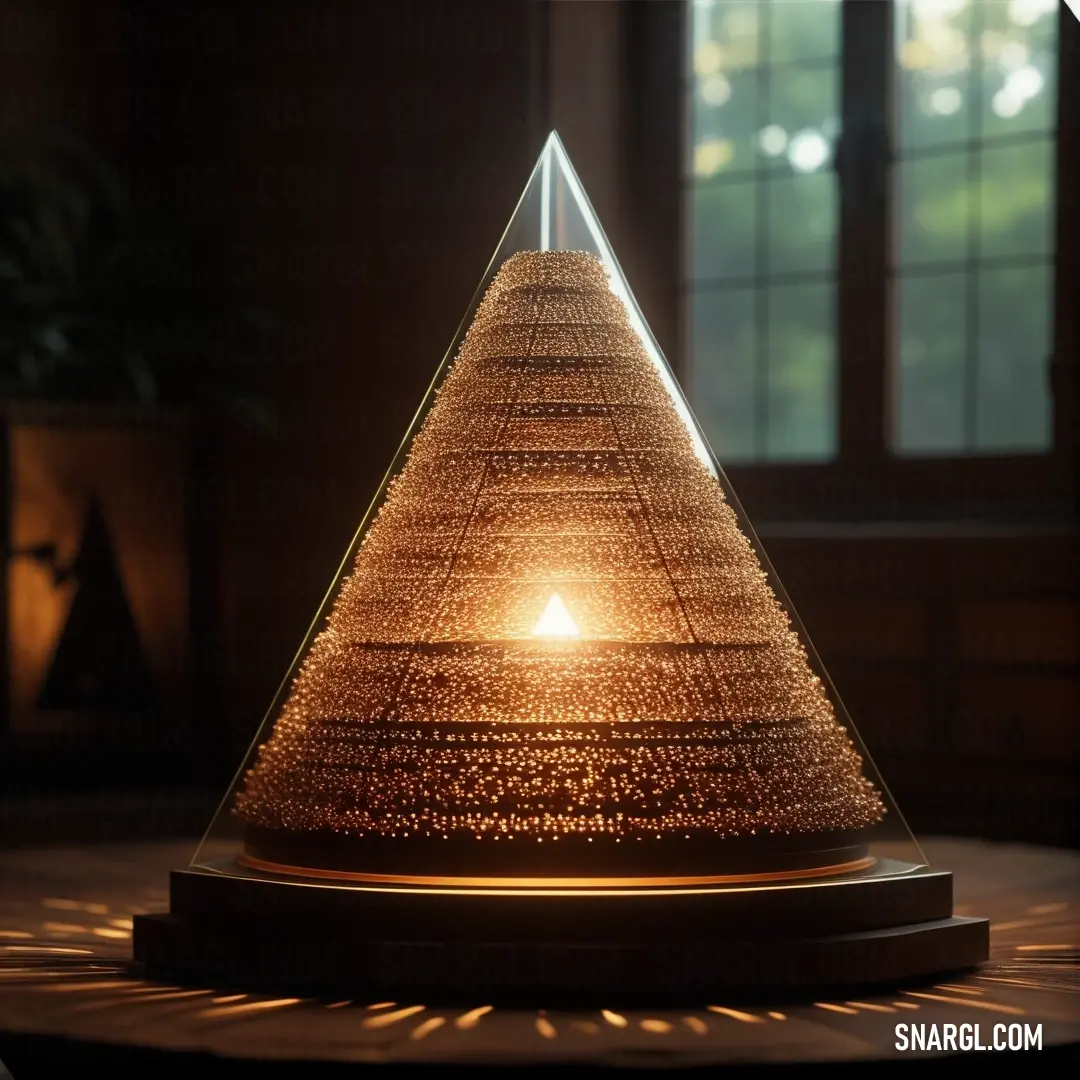
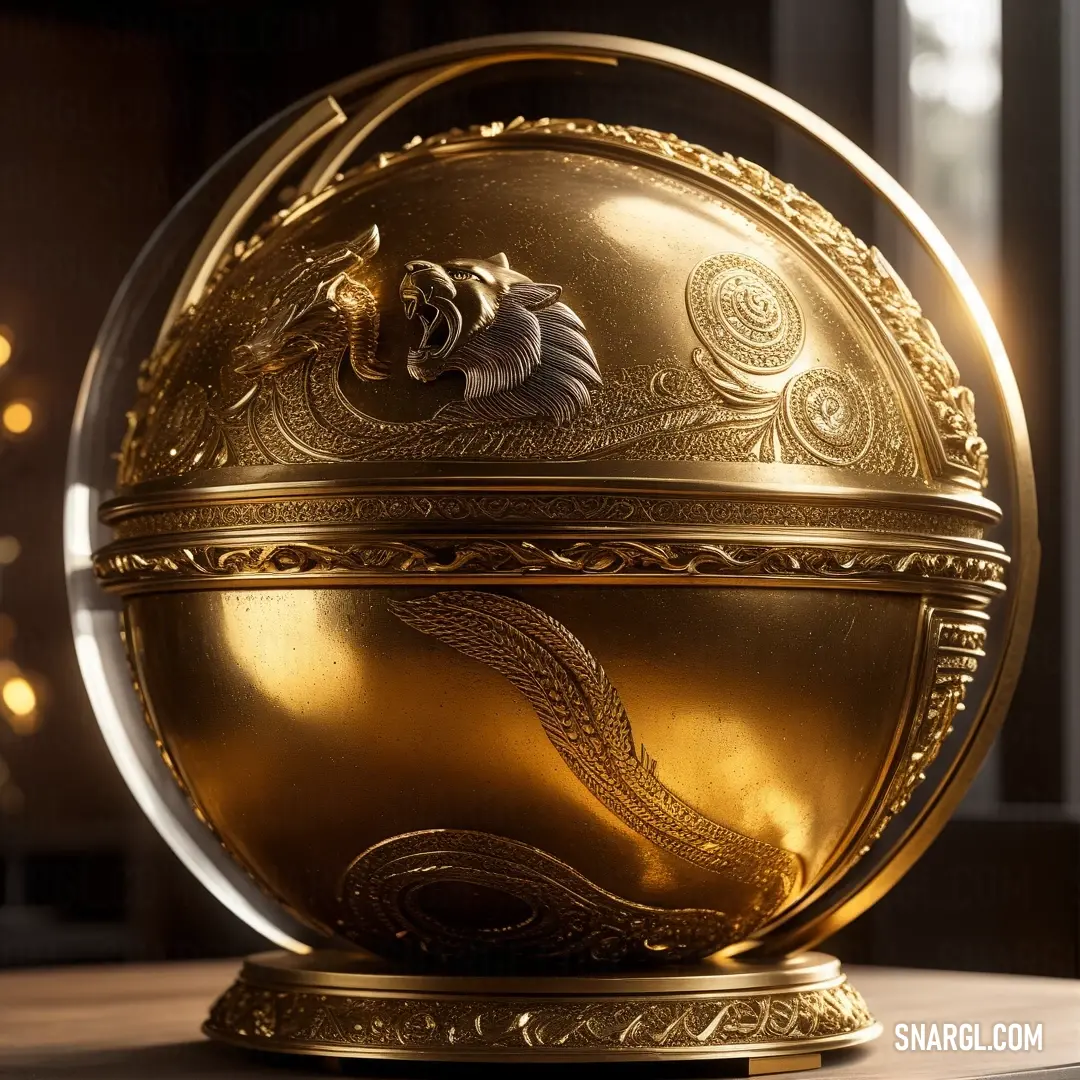
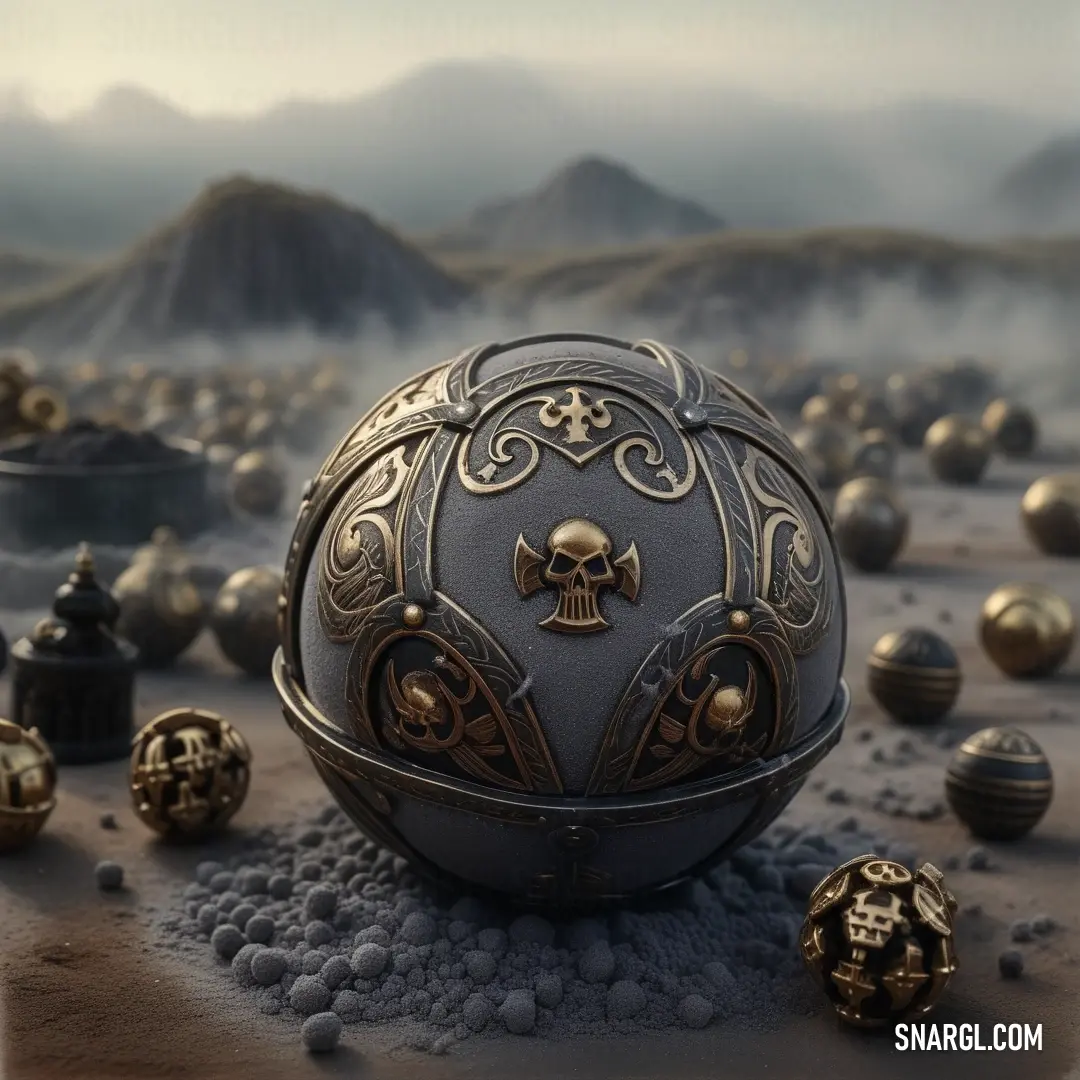
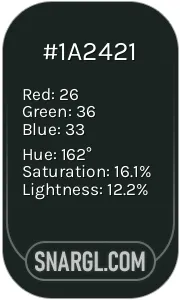 Dark jungle green
Dark jungle green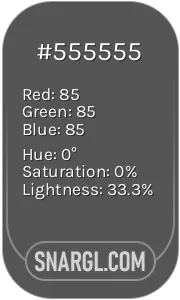 Davy grey
Davy grey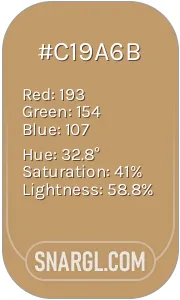 Camel
Camel



























